A few weeks ago I attended the Arizona State Music Teachers Association Conference held at the beautiful Hilton El Conquistador Golf & Tennis Resort in Tucson, AZ. I will be sharing my notes from classes I took over the next couple weeks, but for now I thought I would share some tips from the masterclasses and pictures from showcases, exhibiters, concert, etc…
The night before the conference began a good friend and colleague of mine was hosting a masterclass with her students by Jennifer Eklund with Piano Pronto. I made arrangements so I could go. Did not want to miss that one!
Tips from Jennifer Eklund’s masterclass:
– Her compositions are meant to have lots of freedom and rubato
-End game- the feel should be in 1.
– Teacher can play right hand while student is learning left hand.
– On duets or spotlight solo parts, teacher can chord the first beat on left hand while they are learning their part.
– Composition tip- release bottom note of chord for new color. Play with chords.
– Tip for students- Don’t learn by memory. Your hard drive (brain) fills up. We want to fill our “iTunes” library up so you can go back to old things. This was said to a student who enjoys composing. She wanted to make sure that he writes his music down in notation and not just by remembering it. This is important for compositions but also when we learn new pieces. Reading the notation when learning a piece is important as it is alway there and available to go back to when the memory fails us.
-Make a story with what you are writing. (said to the same composition student)
-Fade into Twilight should be felt in 2.
-“Be obnoxious…” Do things 5 times as much then it will come out right. You can scale back later if needed. (Accents, staccato’s, dynamics), make everything obvious. She said this a couple times with students who were a little more timid in playing their pieces.
Jennifer Eklund-Piano Pronto Showcase
Glenda Austin- Willis Showcase
Glenda wanted a group photo with everyone. How fun is that?
Neeki Bey, Gail Fischler, Kristin Yost- Piano Accents Showcase
If you haven’t heard of Piano Accents. Head over to their website. The music is so fun!
Jane Irvine– She shared her story of beginning piano at 13 and overcoming the challenges of learning low vision. She wrote a book called, “Making Friends with Other Trees and Flowers: A Story of Low Vision and High Expectations.”
Baruch Meir Masterclass
Masterclass Tips:
-Sing the sound
-Baruch plays a phrase, student puts hand on wrist to feel the motion. Think of your arm like being in a swimming pool. Arm/wrist flexible, but fingers need to be firmer from the bridge down to the fingertip.
-Shape the chord before the fingers touch the keys
-Scales should be played musically
-Free sounds, not wooden sound. When you are flexible you don’t get an attack so direct. Elbow should be very free.
-Playing piano is very similar to swimming and basketball- they are flexible activities. Playing the piano, the body needs to be flexible not tight.-When asked how his arms was so flexible, Claudio Arrau said “I don’t have bones in my arms, I have snakes”
-When shortening a note- have student sing it first then play it again. When releasing a note too quickly is like a “hiccup”.
-Strengthen finger work by working on upper arm strength.
-Sing melodic line in LH; in order to sing it needs to be flexible.
-When you read a book you can become the character of the book. When you play the music you need to have an understanding of it so you can play it appropriately and become it’s character.
-Usually you cannot play fast if you play scales from the arms.
-Student should decide on fingering (unless you are 6-7…), teacher suggest, student experiment and see what works for you. Be consistent- it will help be more stable in performance.
-Don’t always look down on the keys- don’t smell the keys, they aren’t flowers. 😉
-Be outside of the visual world- feel the keys. Look forward.
-Not enough resistants in the knuckles- playing in the air (missing notes) Keys should go down physically every note.
-Sometimes pianists respond to much with motion- sometimes it can detract from playing. (Less many times is more.)
Teacher Panel
I was able to be a part of a terrific panel on studio practices and policies. It was facilitated by Lynnette Barney (center) with members of the panel being Claire Westlake (far left), Chyleen Lauritzen (2nd left), Sarah Elliott (far right) and myself (2nd right).
And then some of our wonderful exhibitors…
I will be posting on the presentation sessions soon!
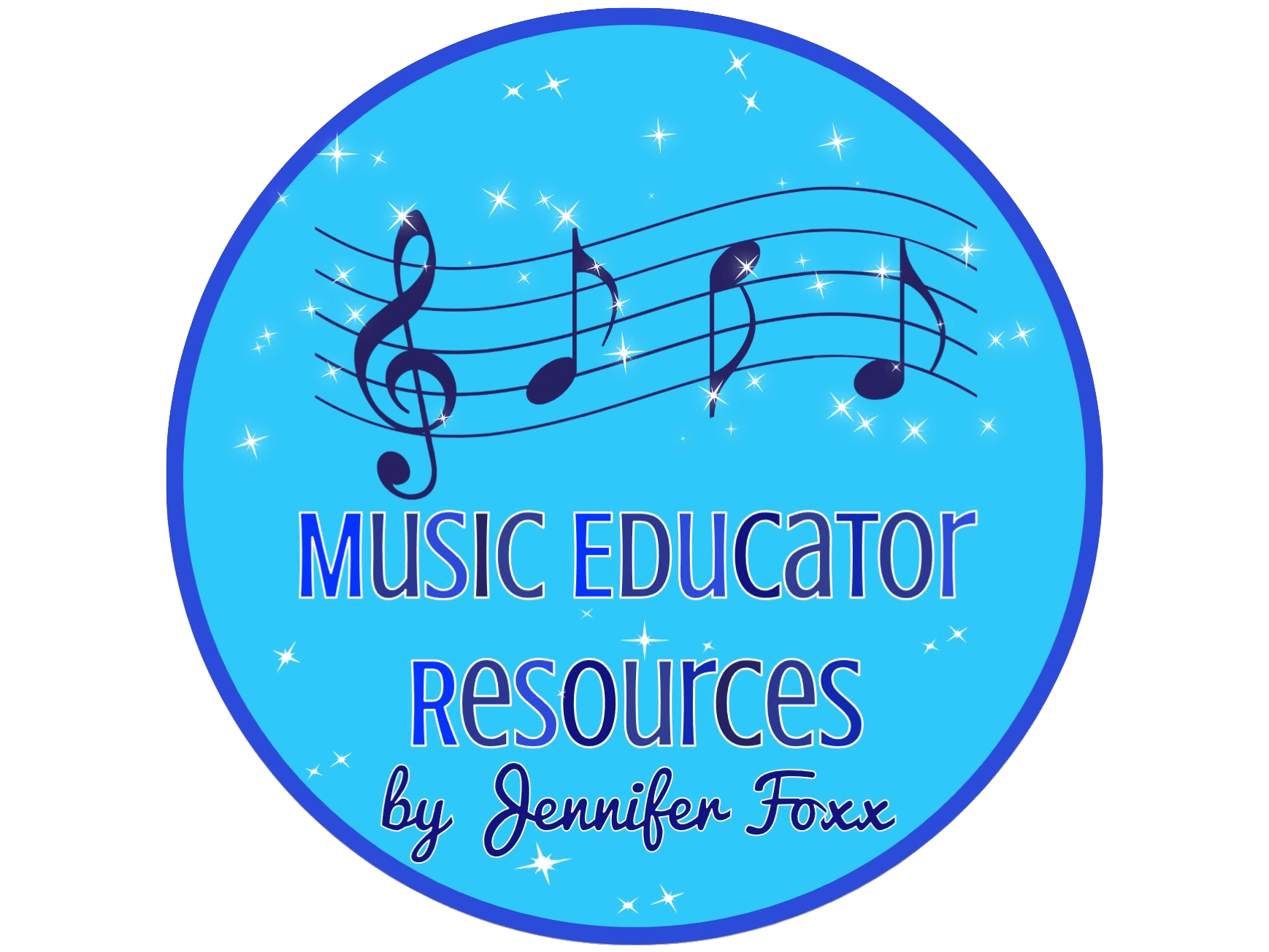

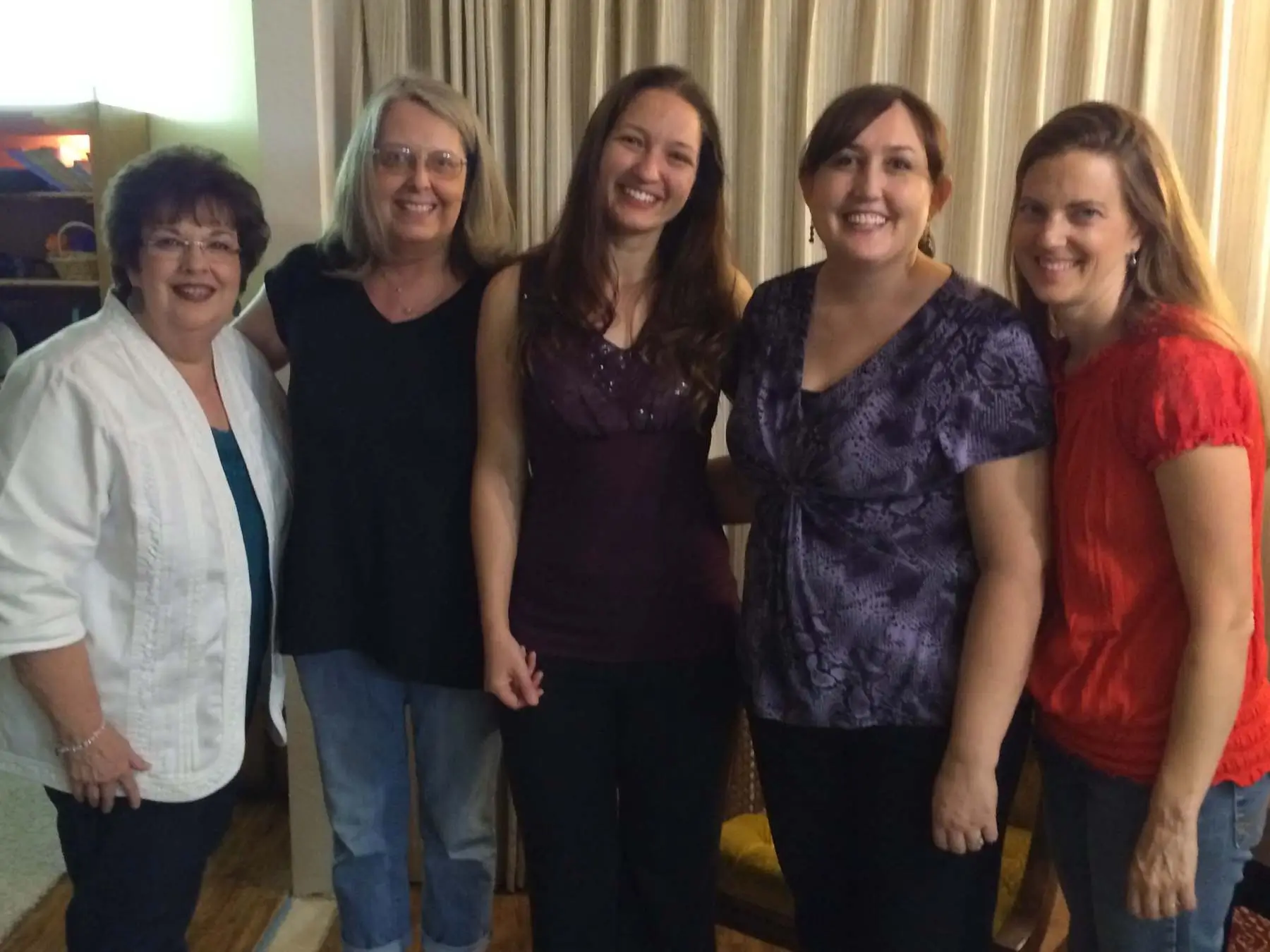
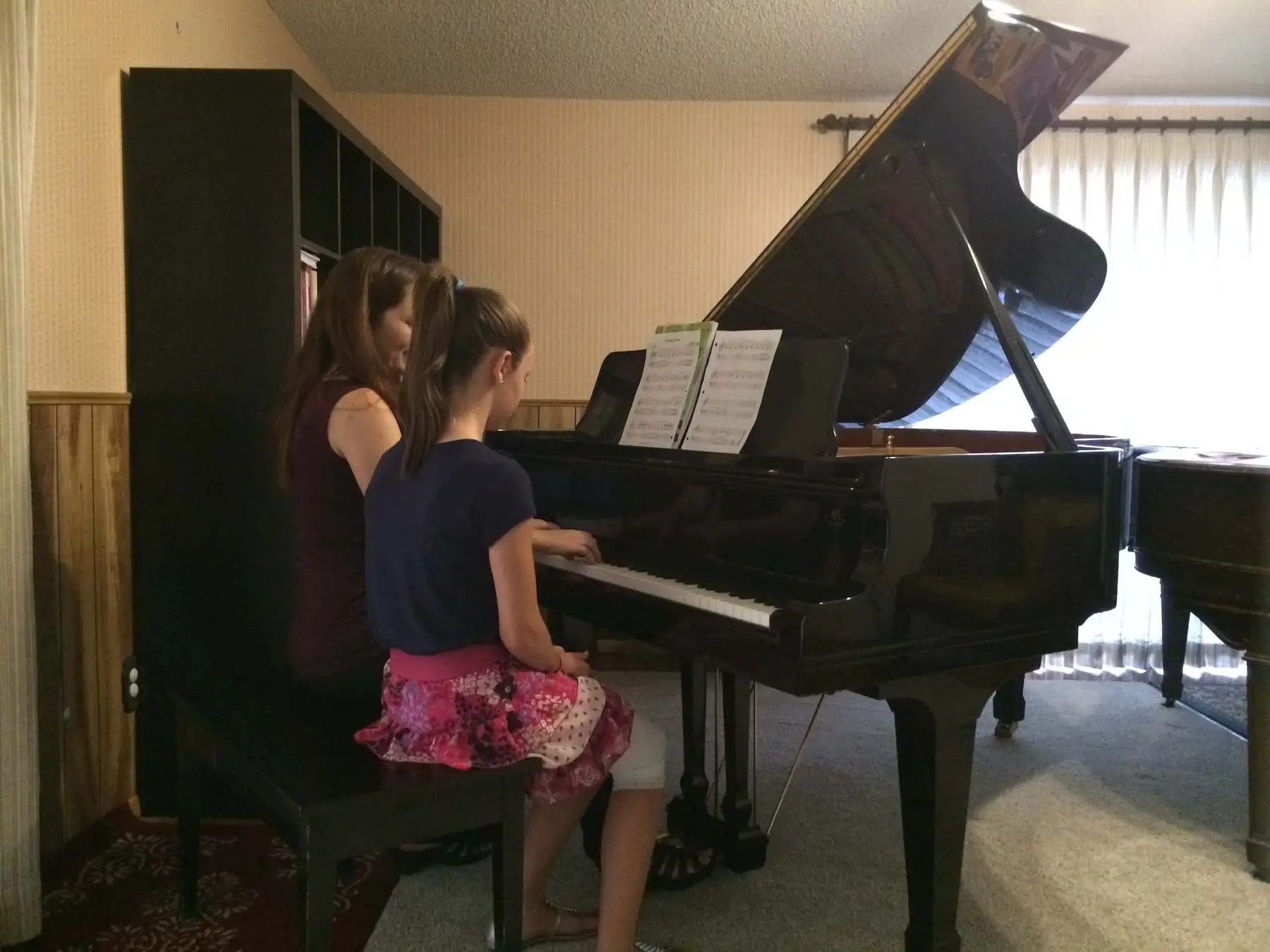
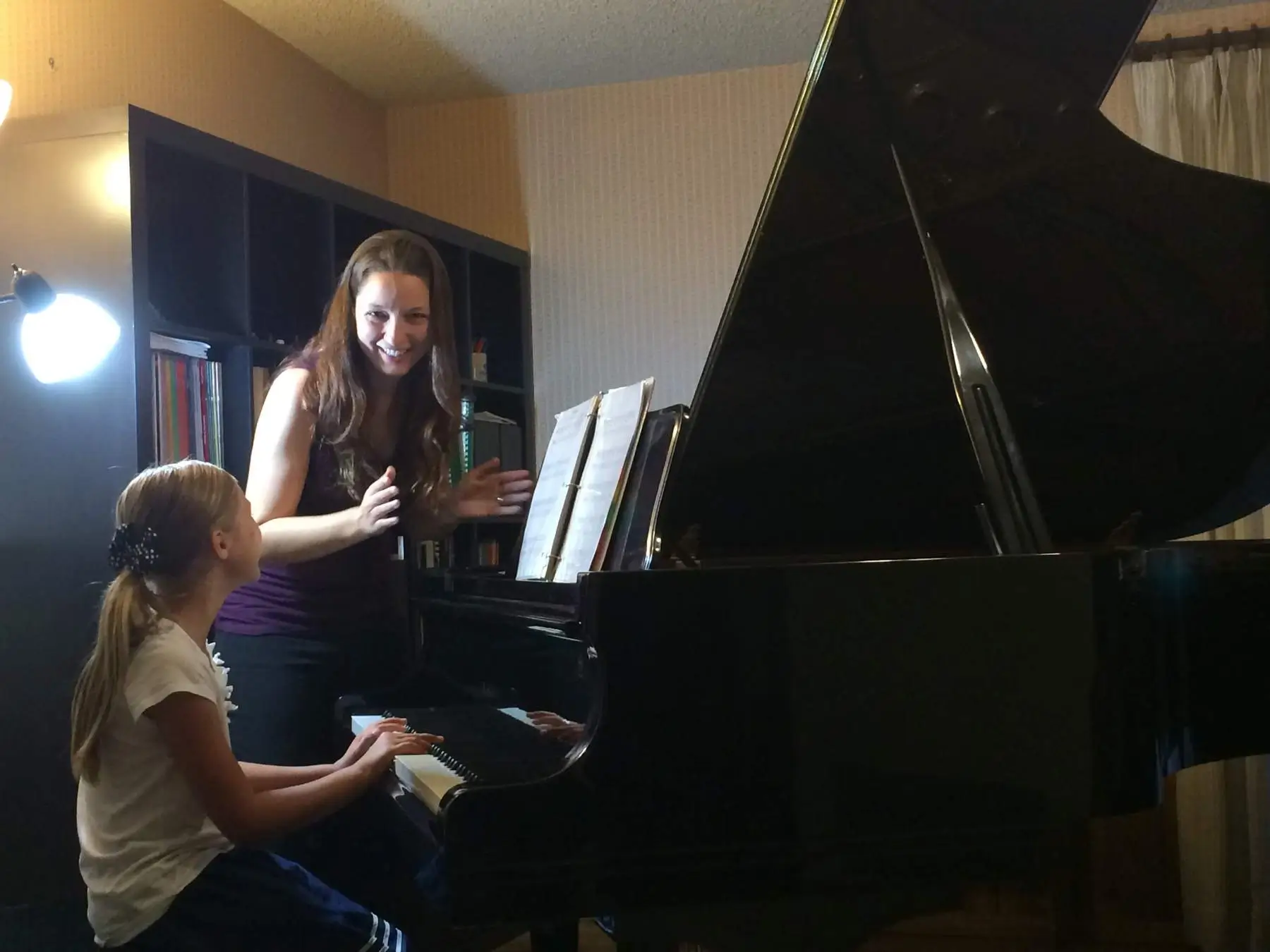
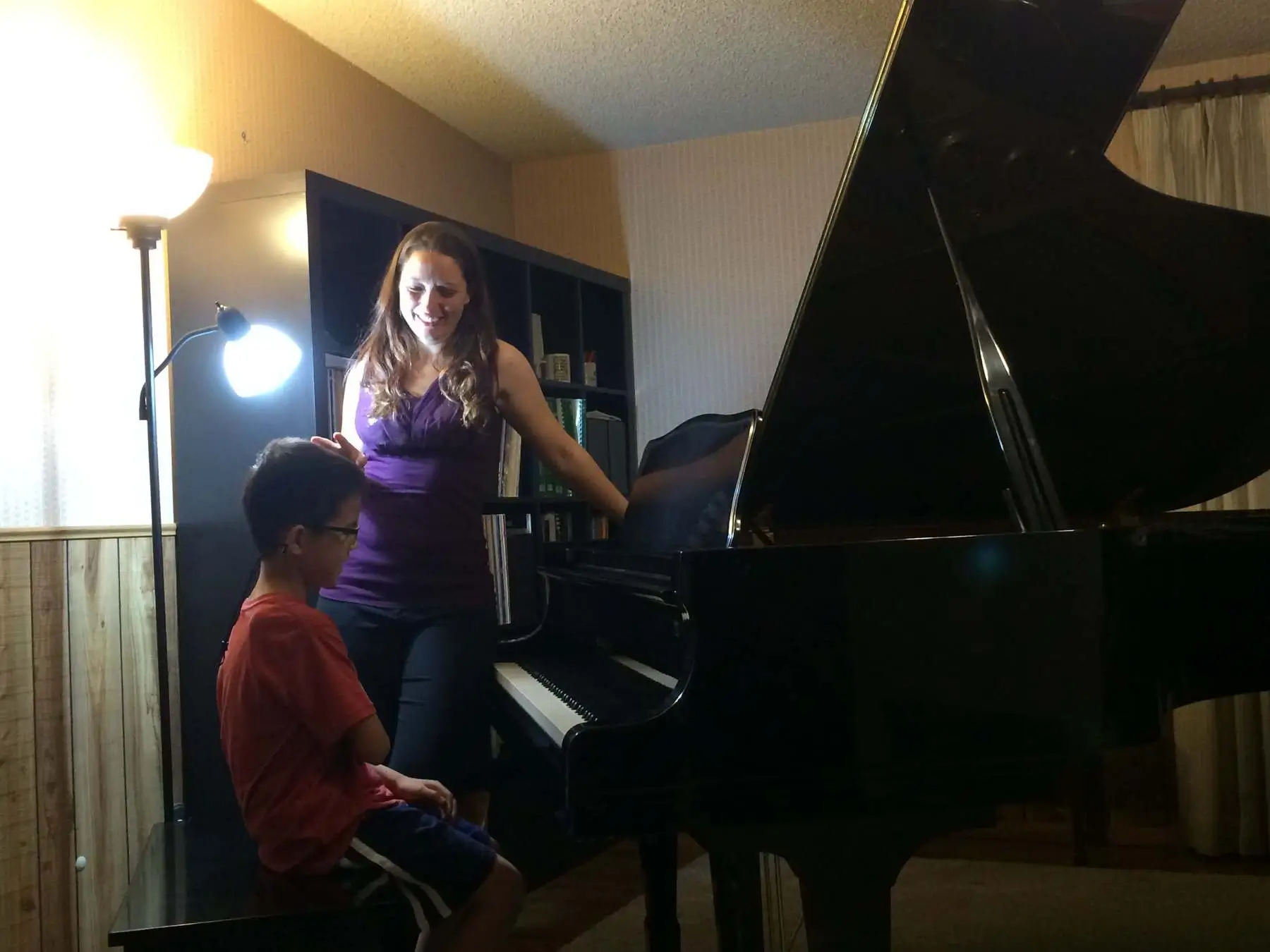
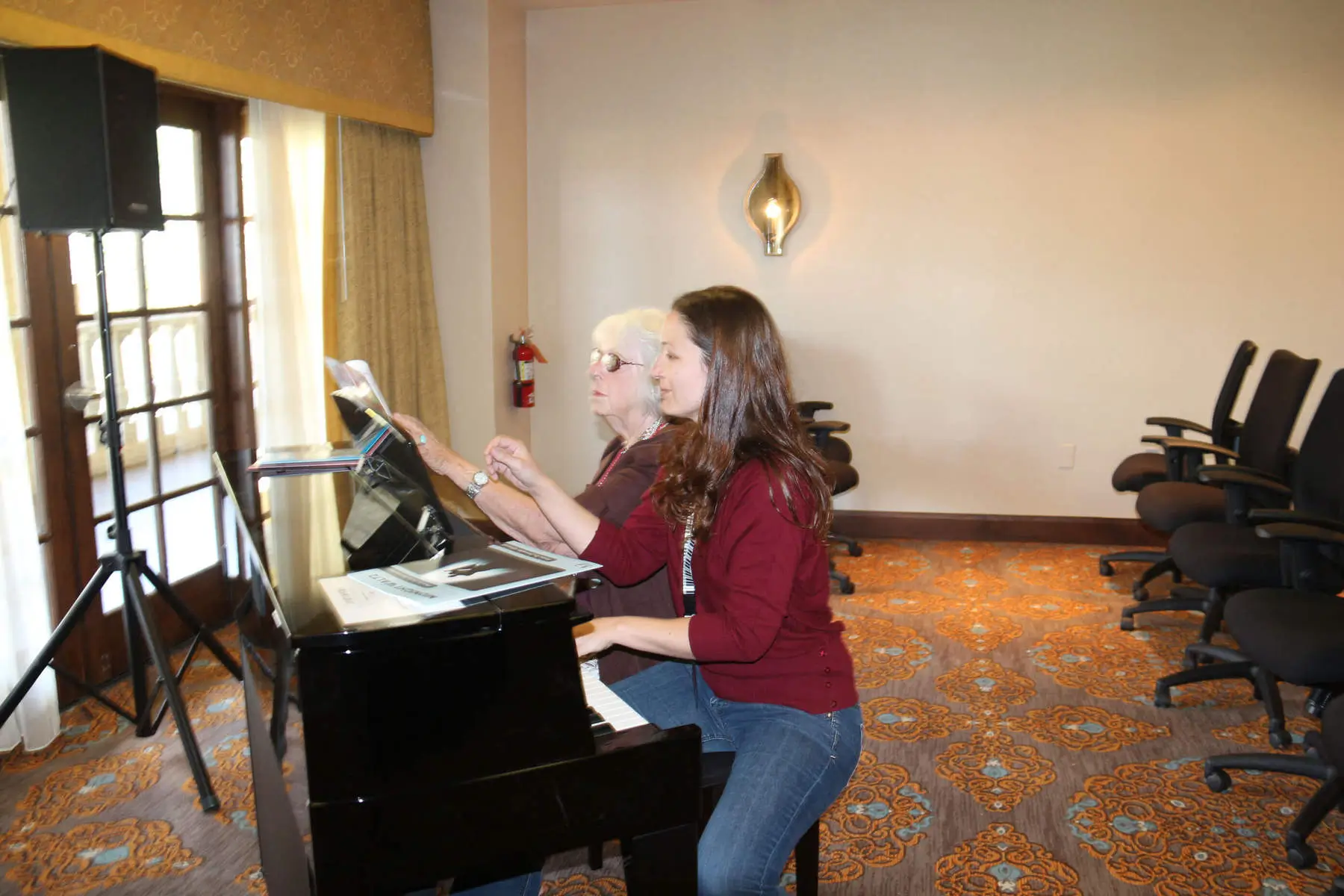
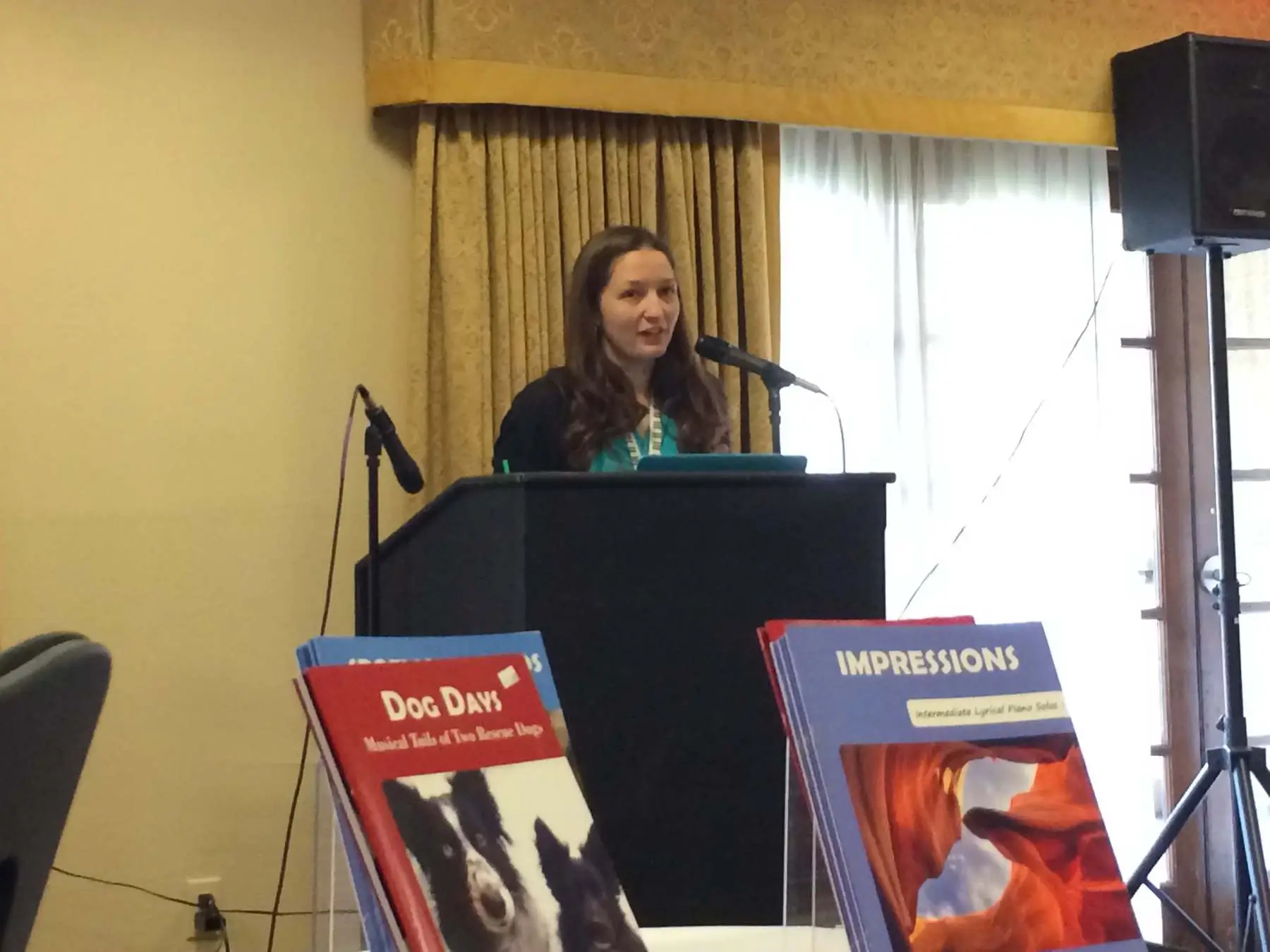
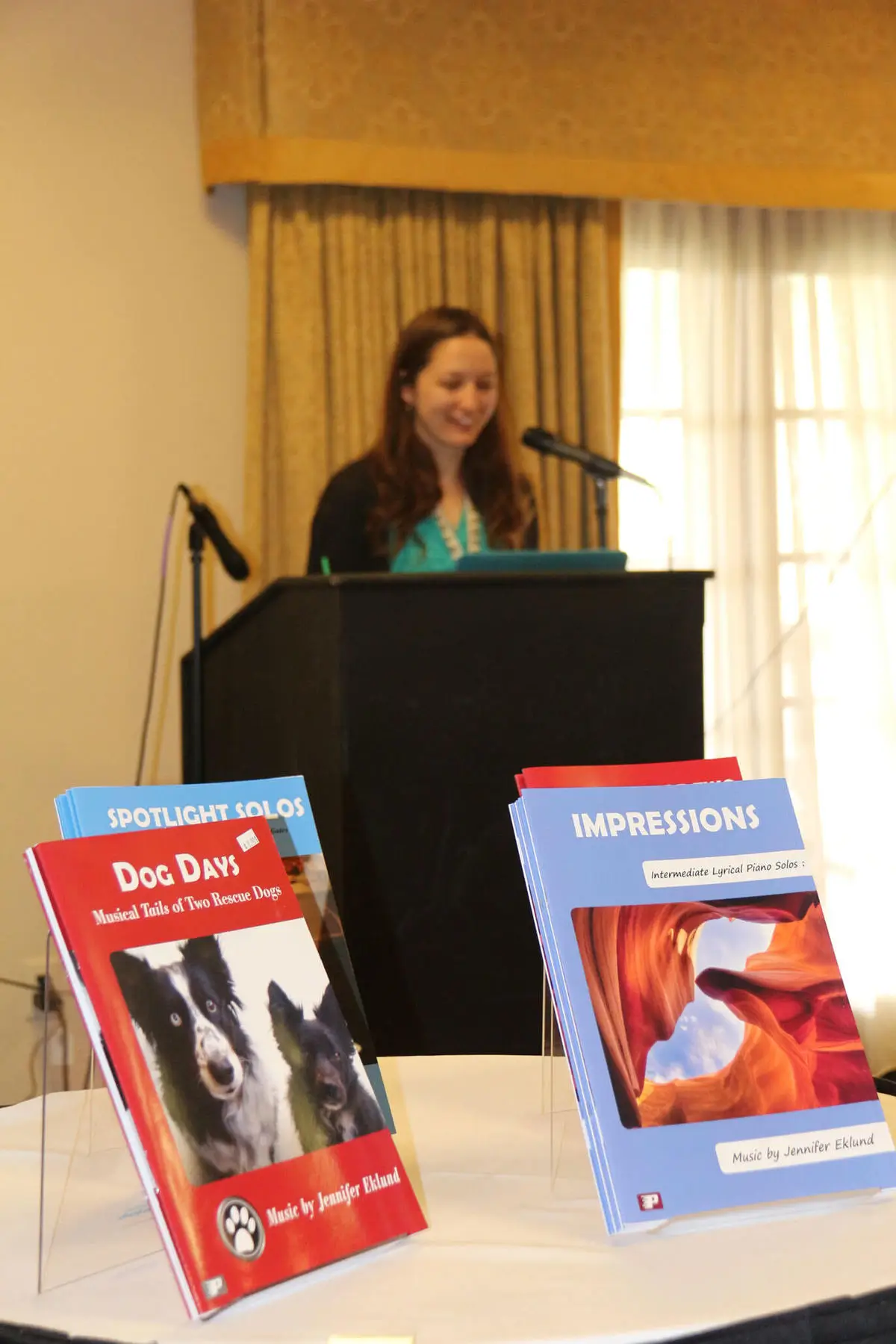
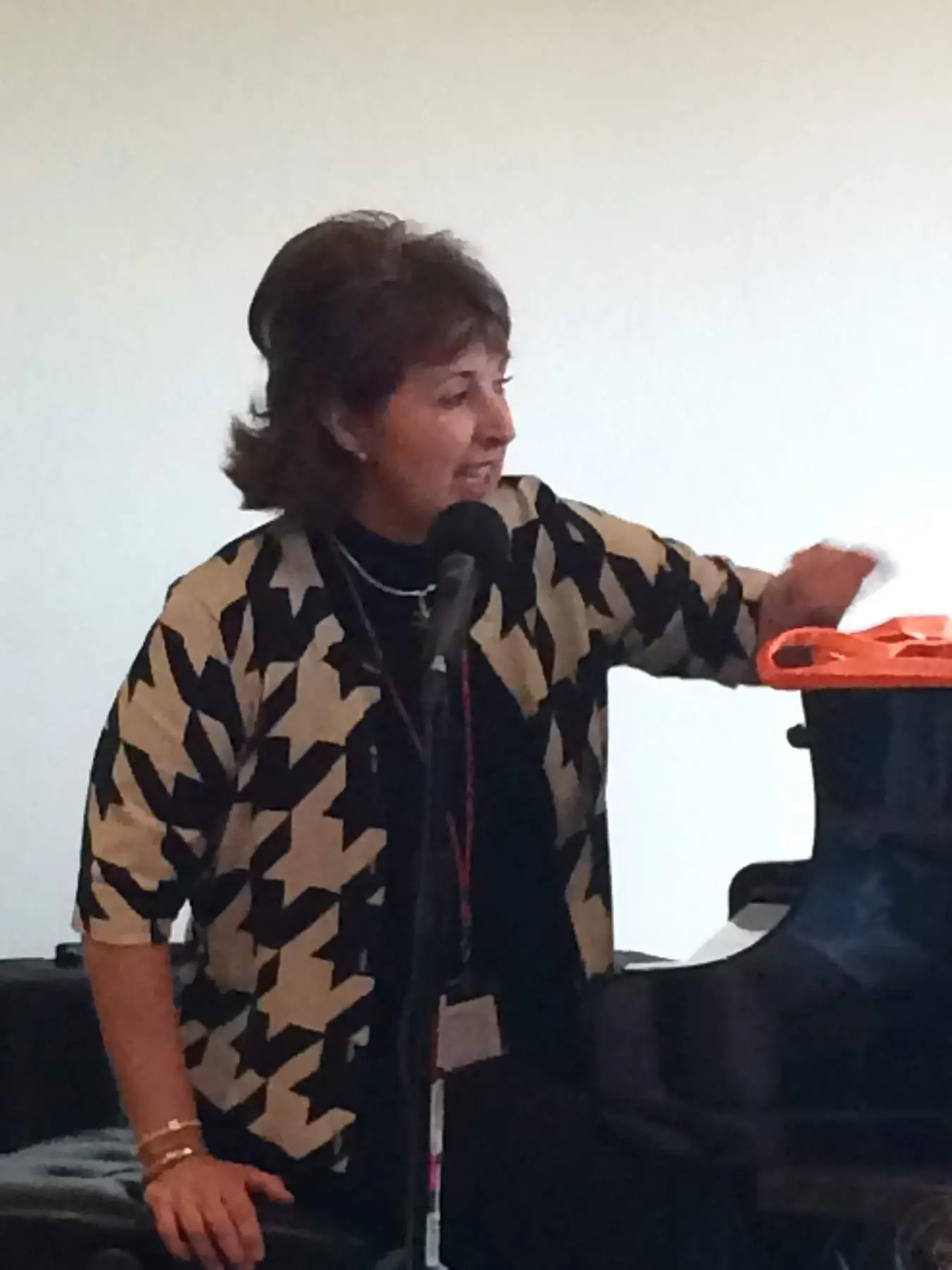
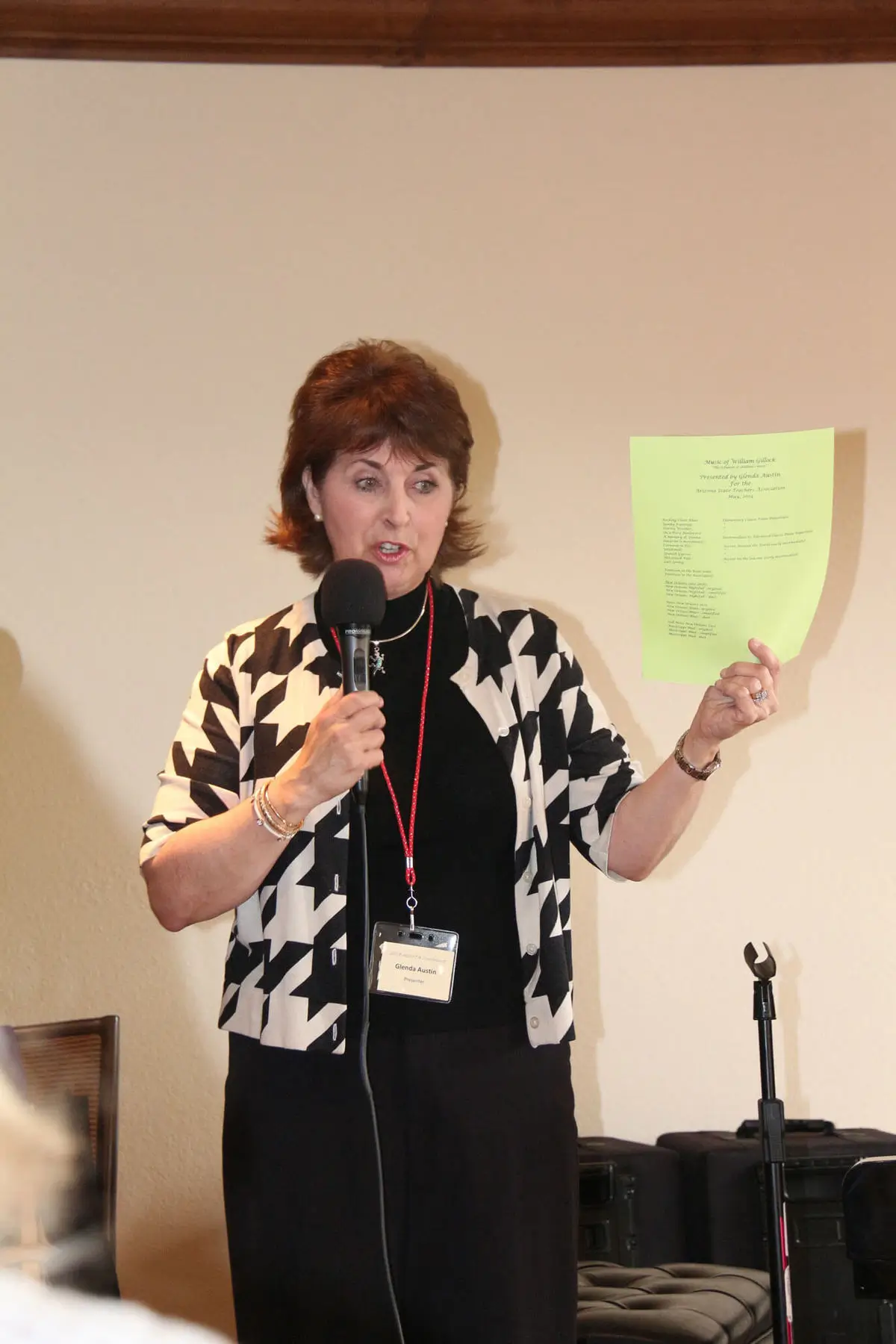
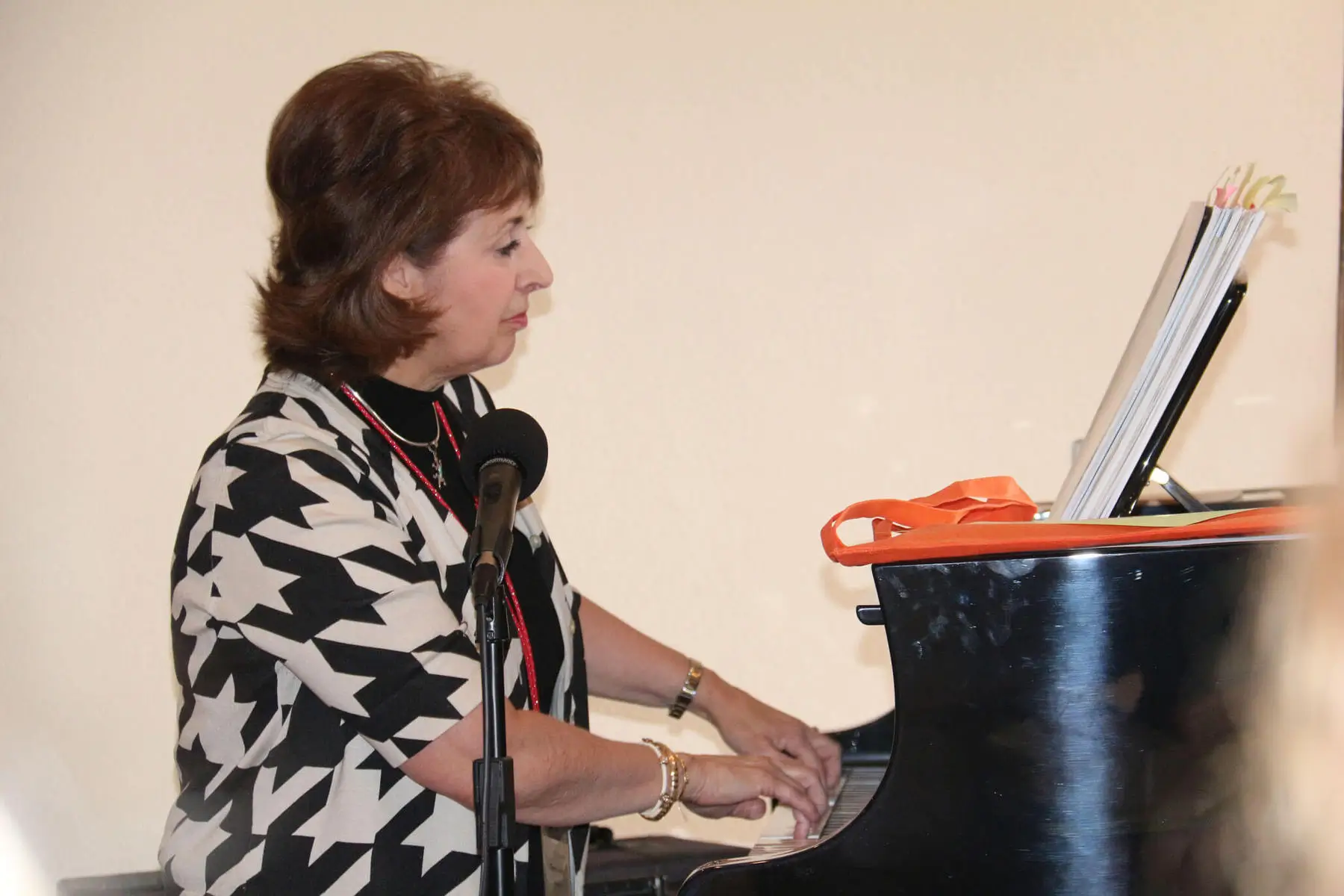
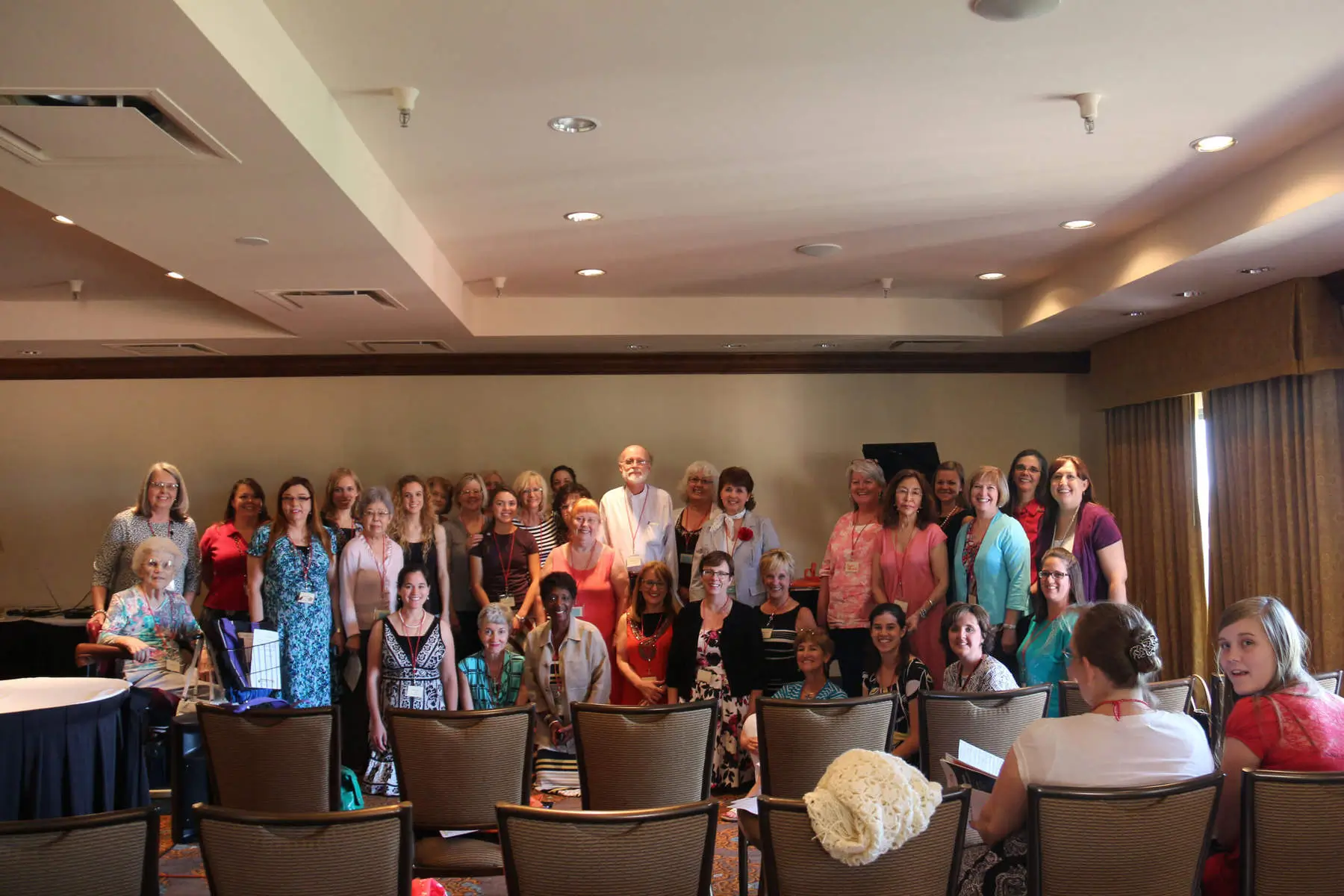
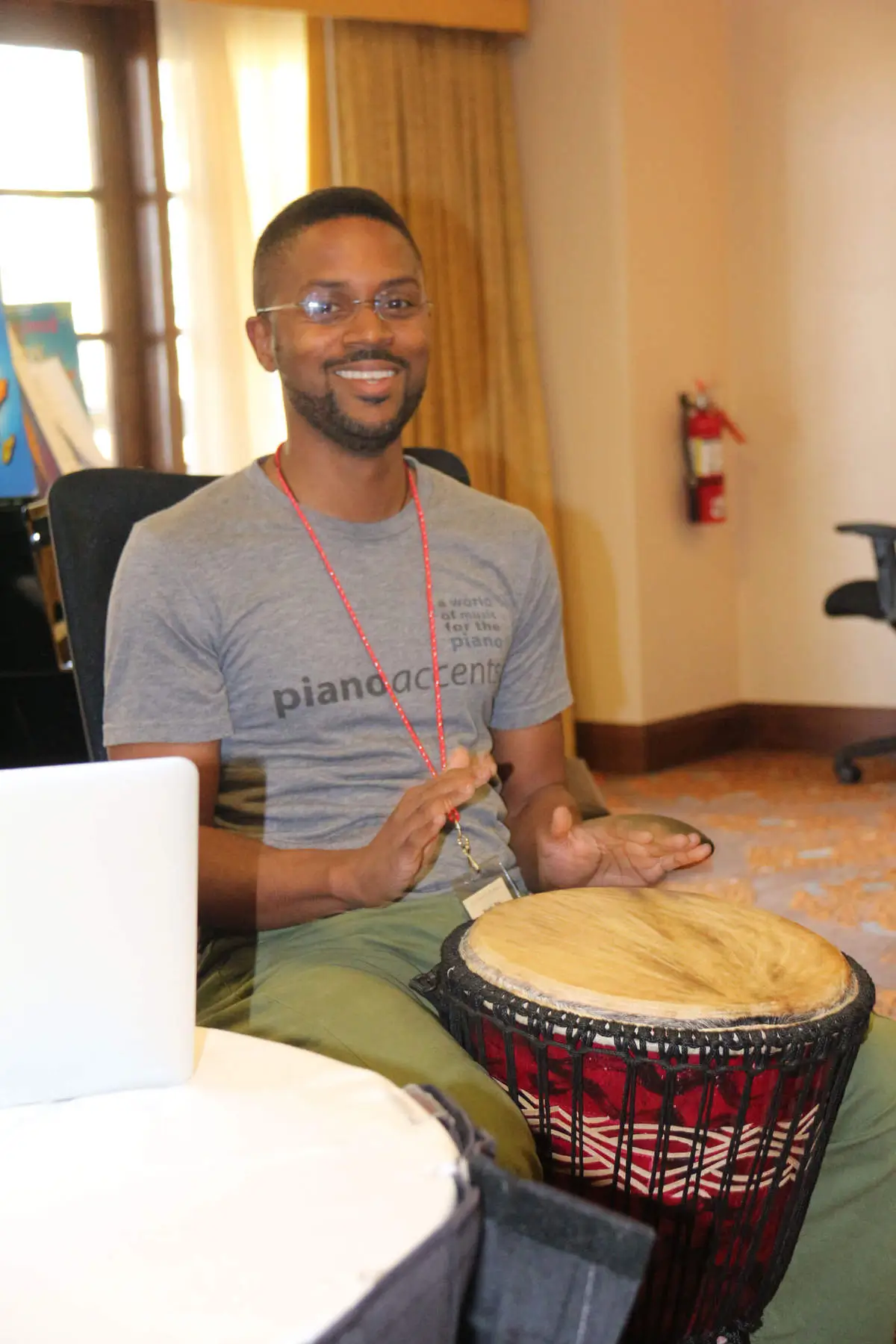
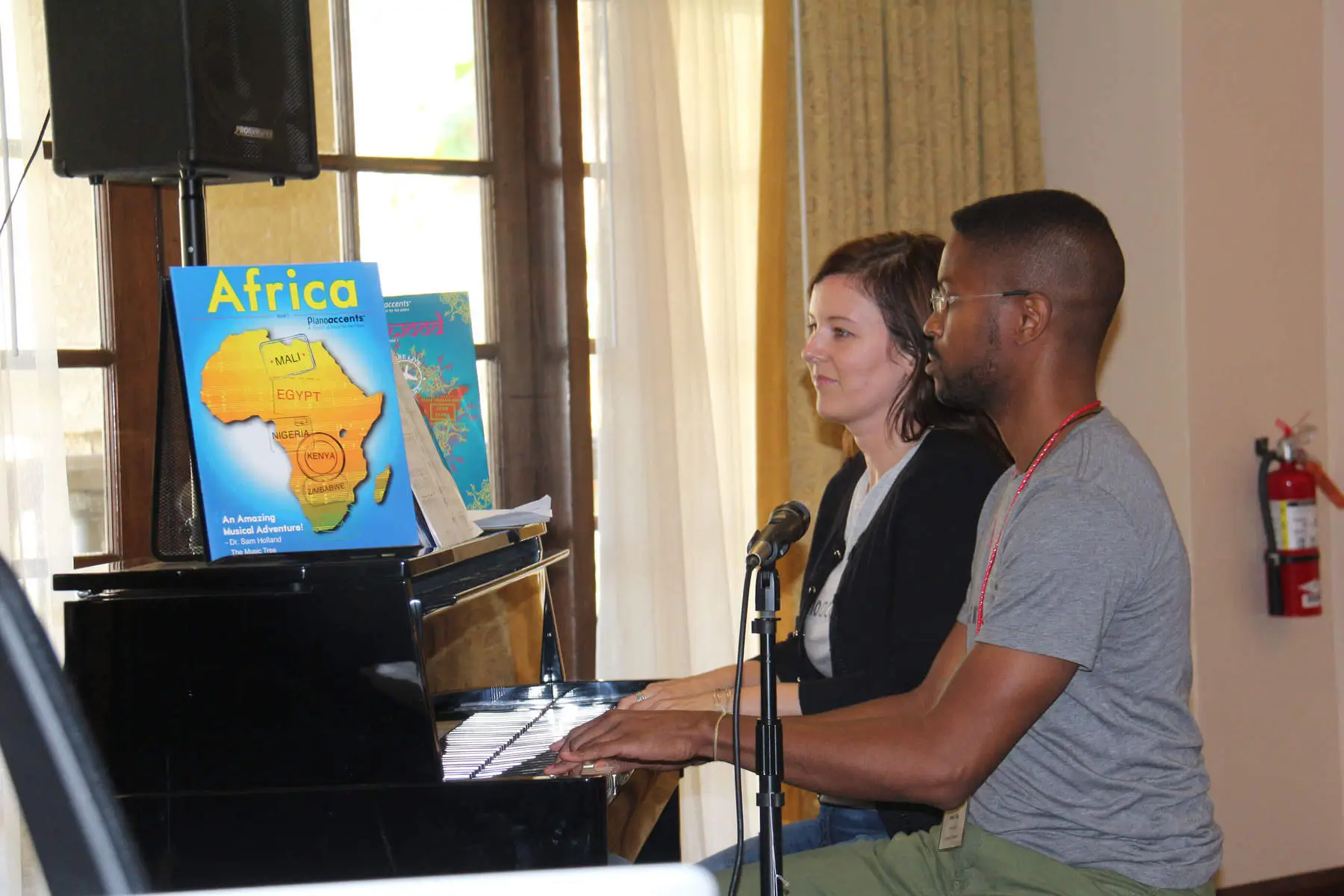
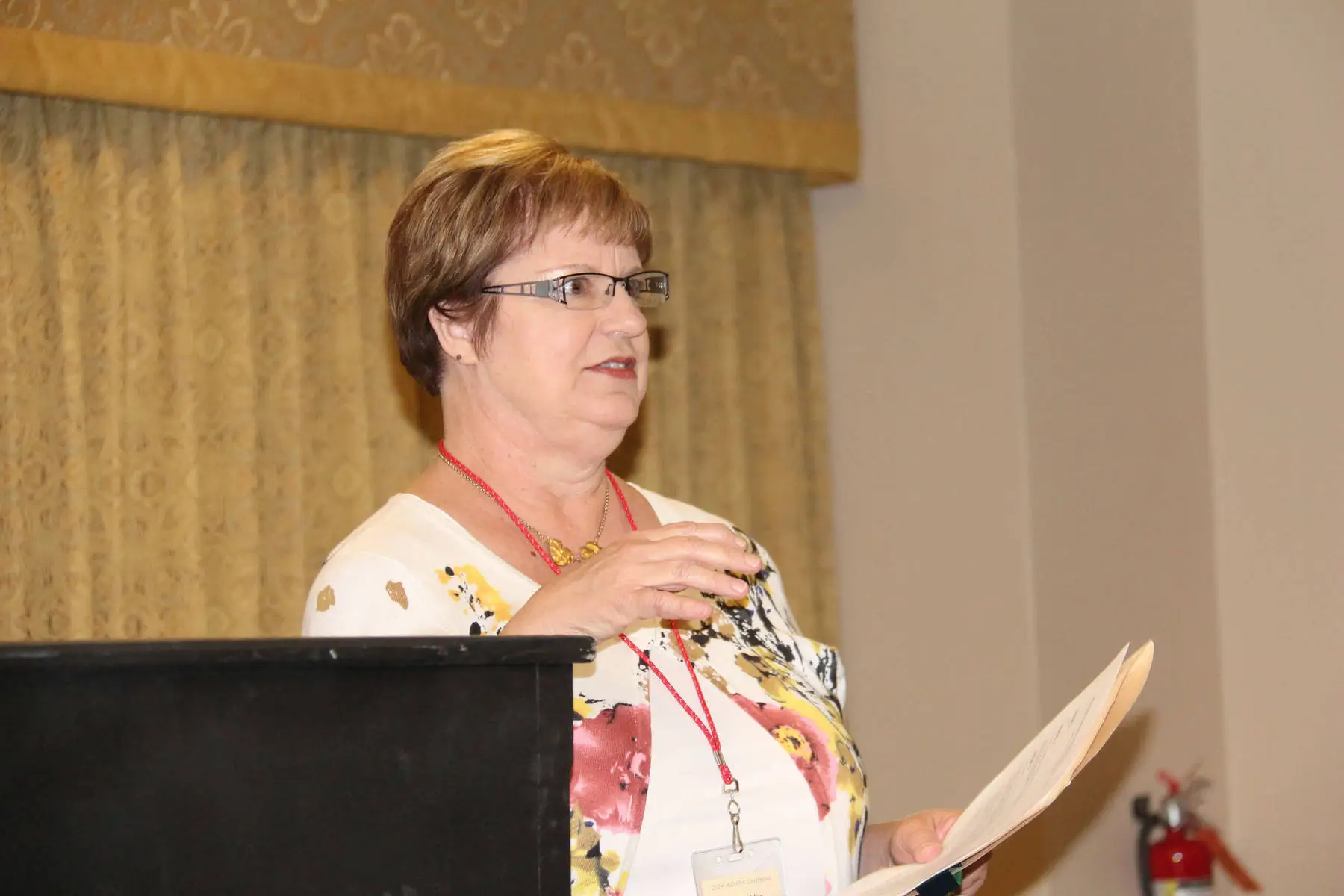
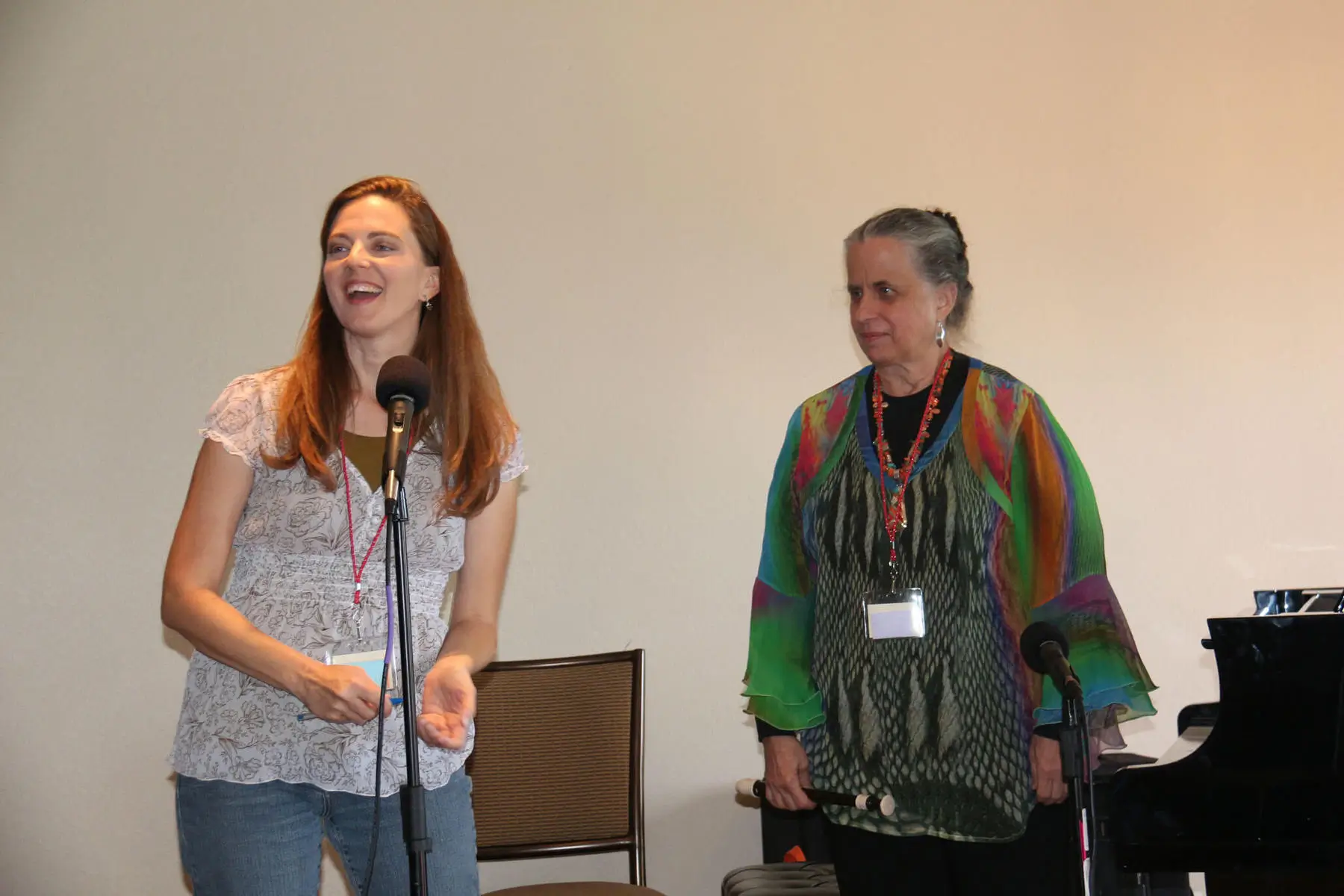
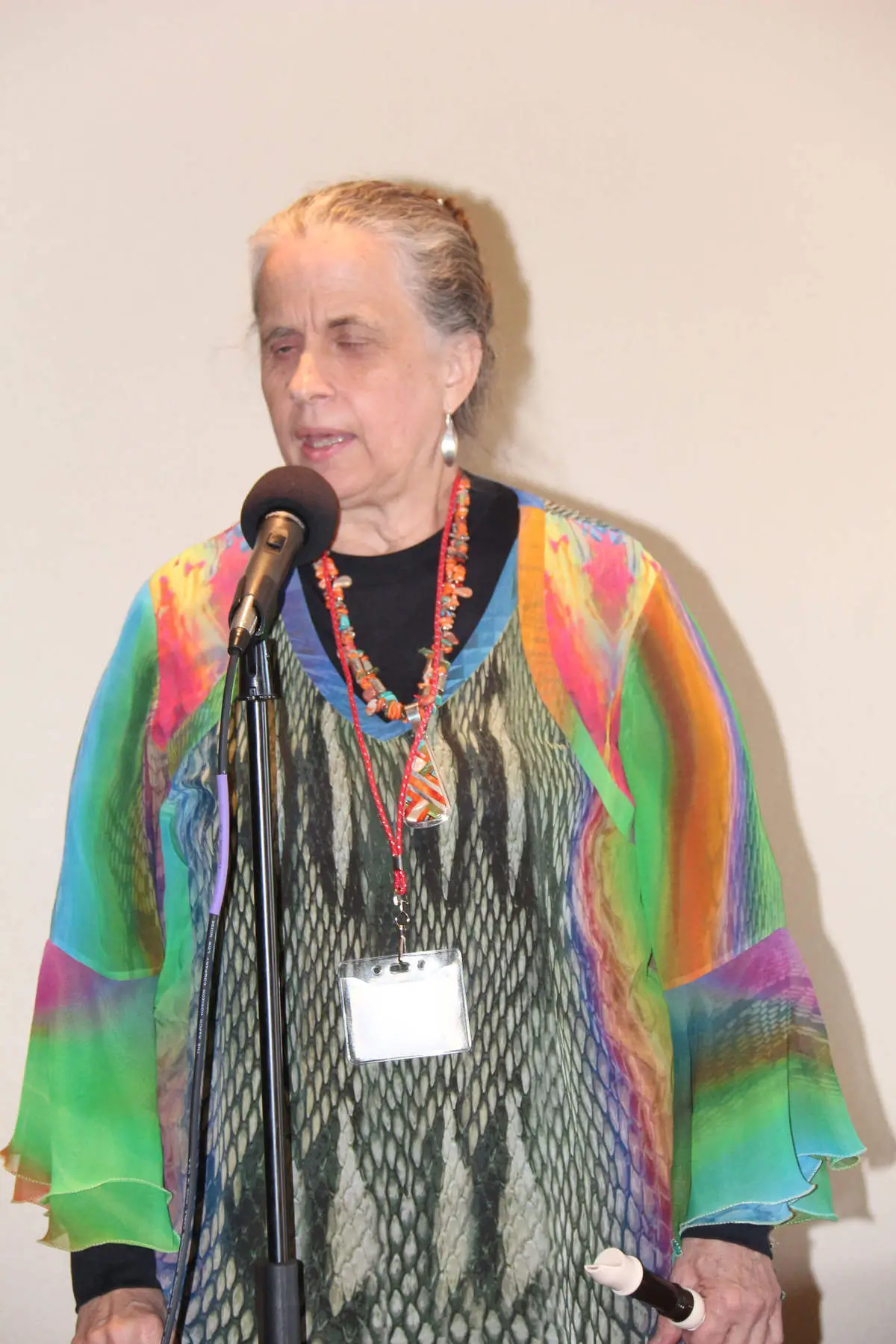
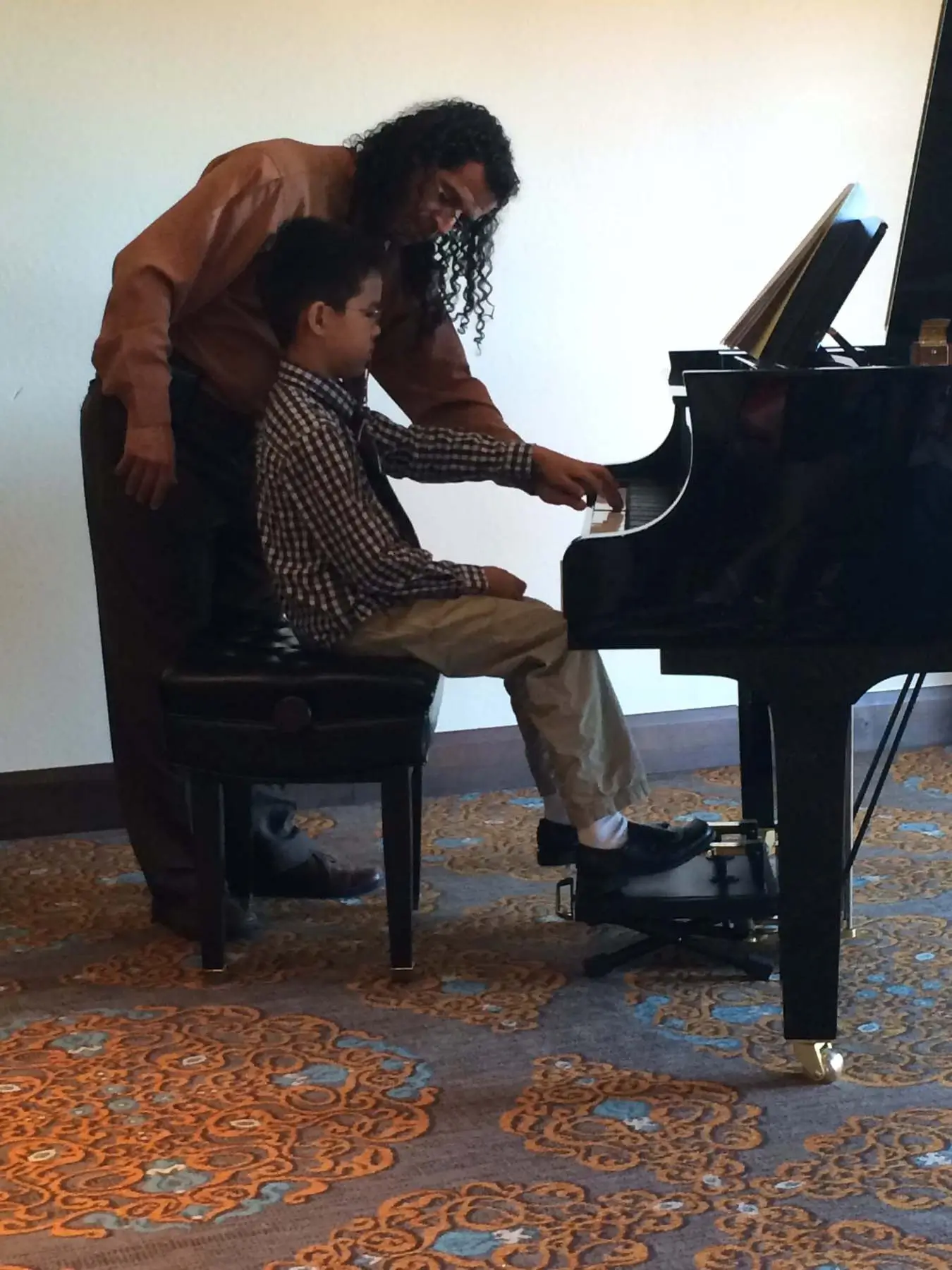
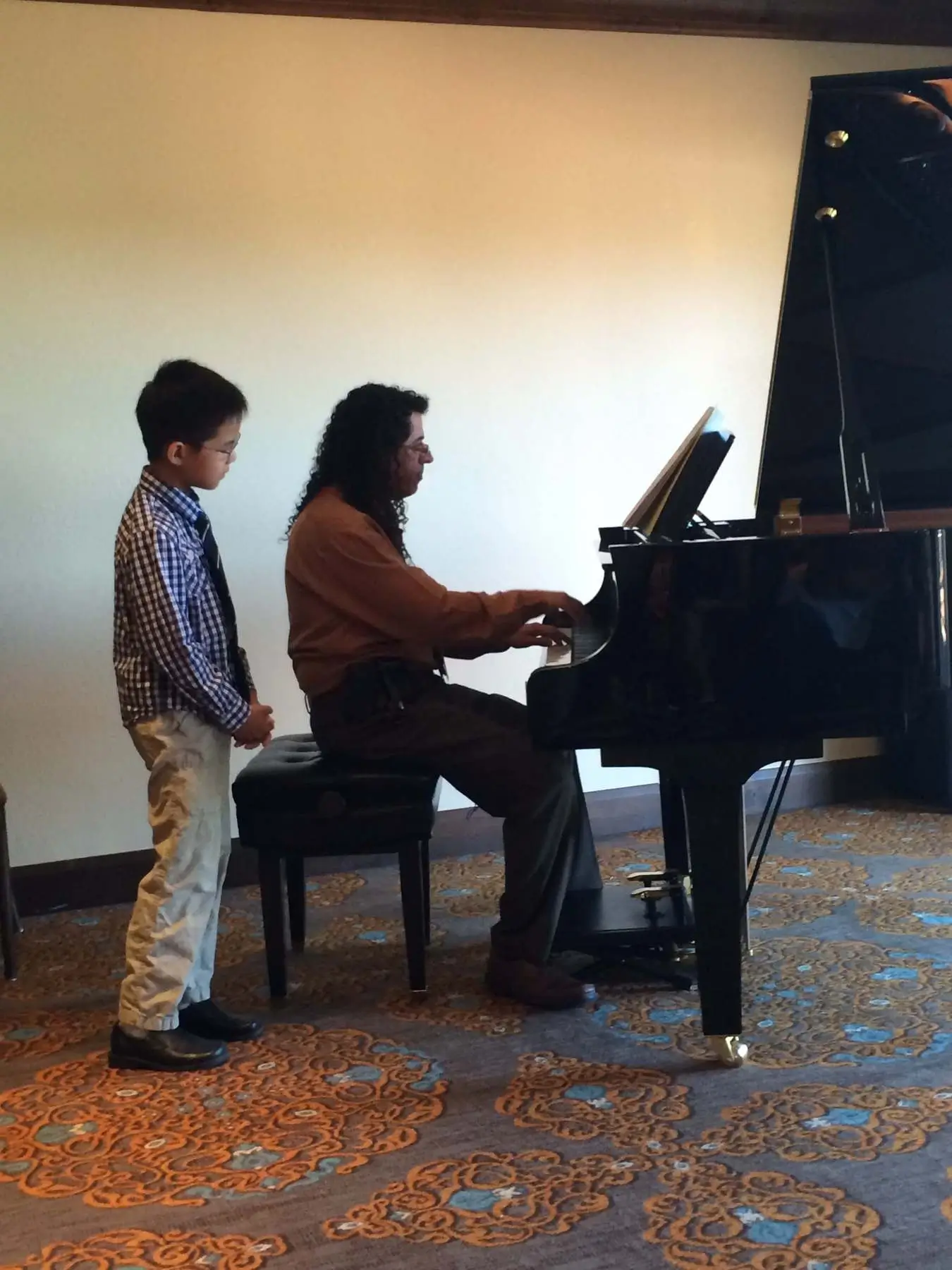
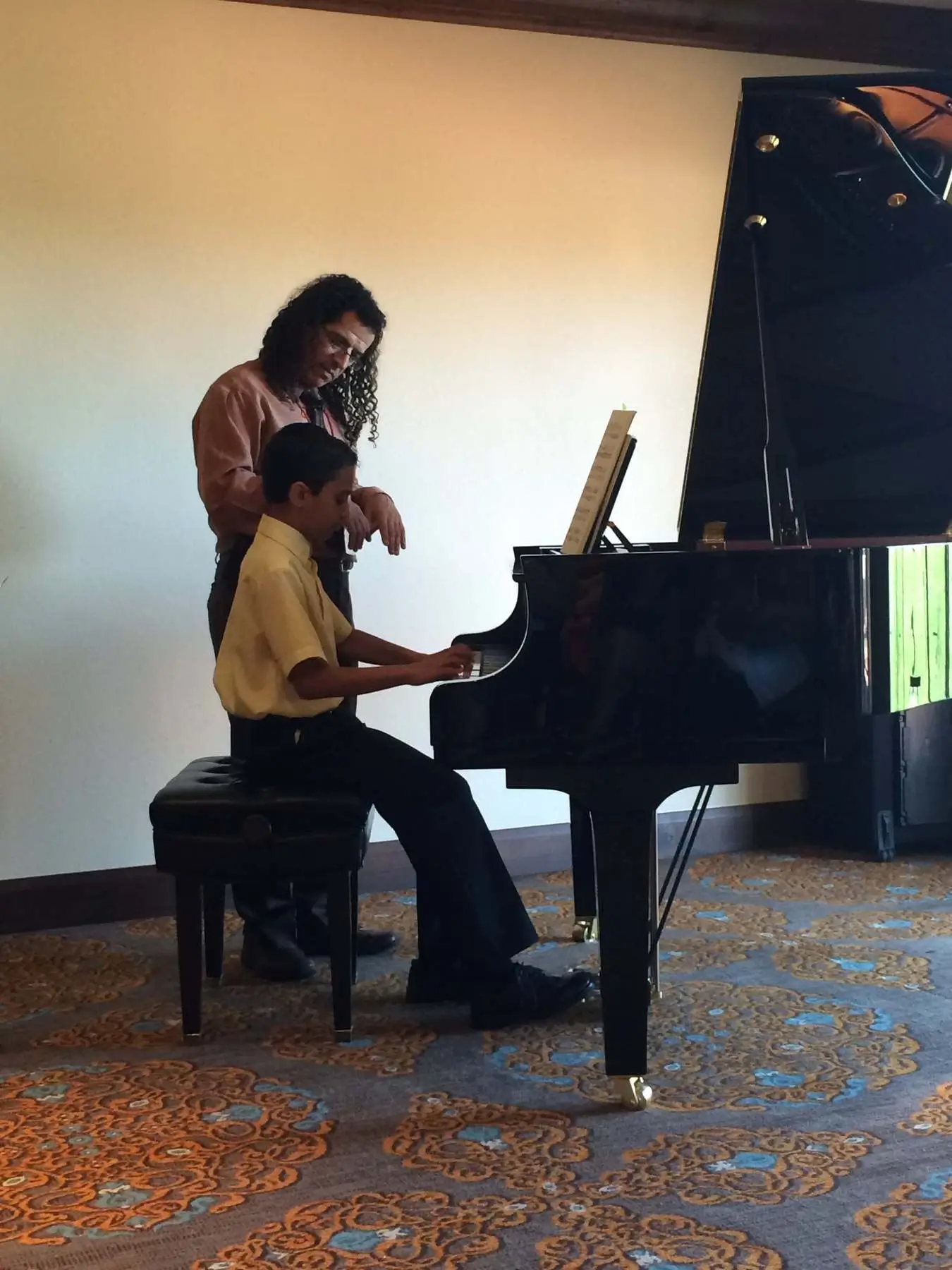
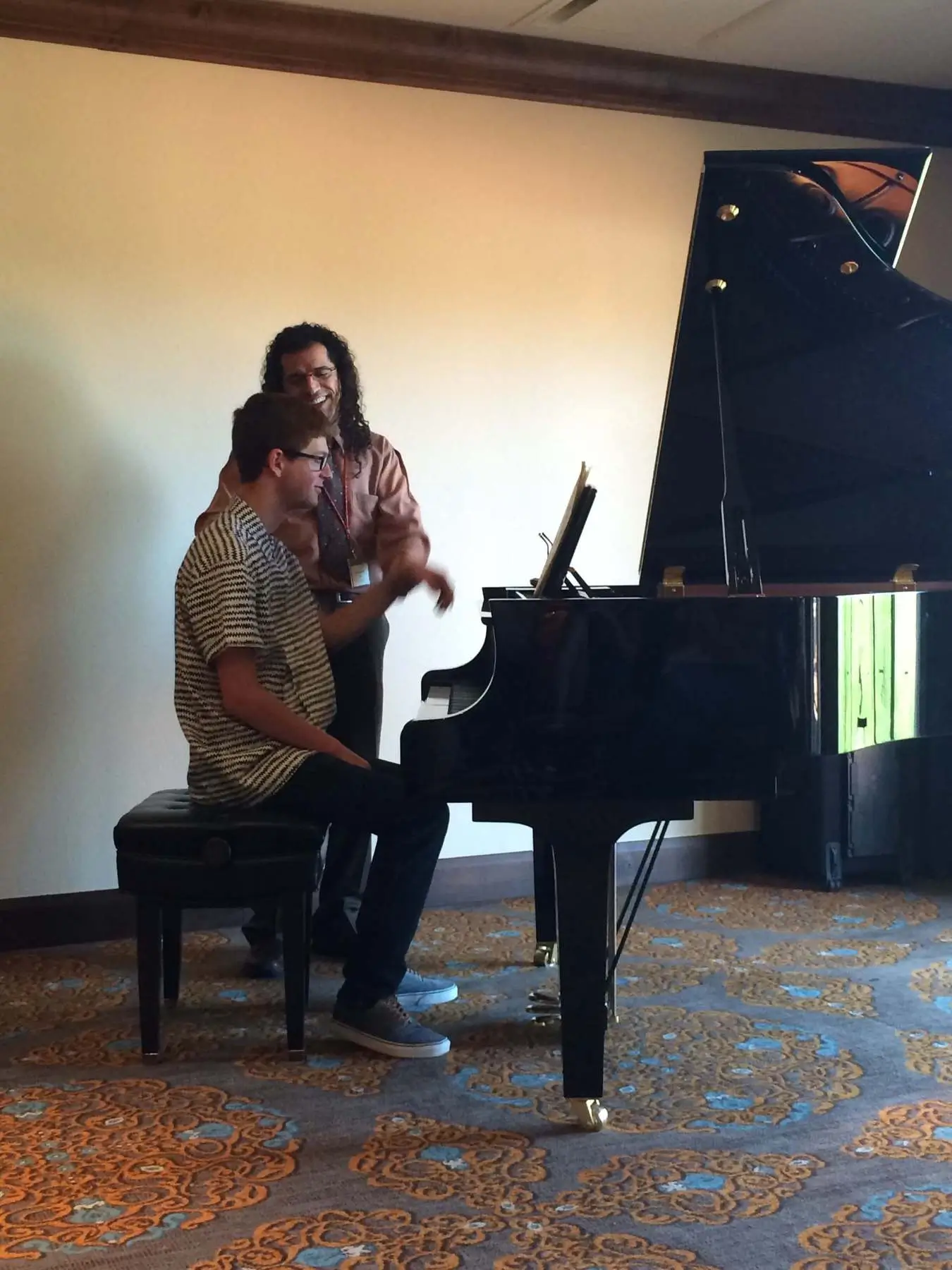
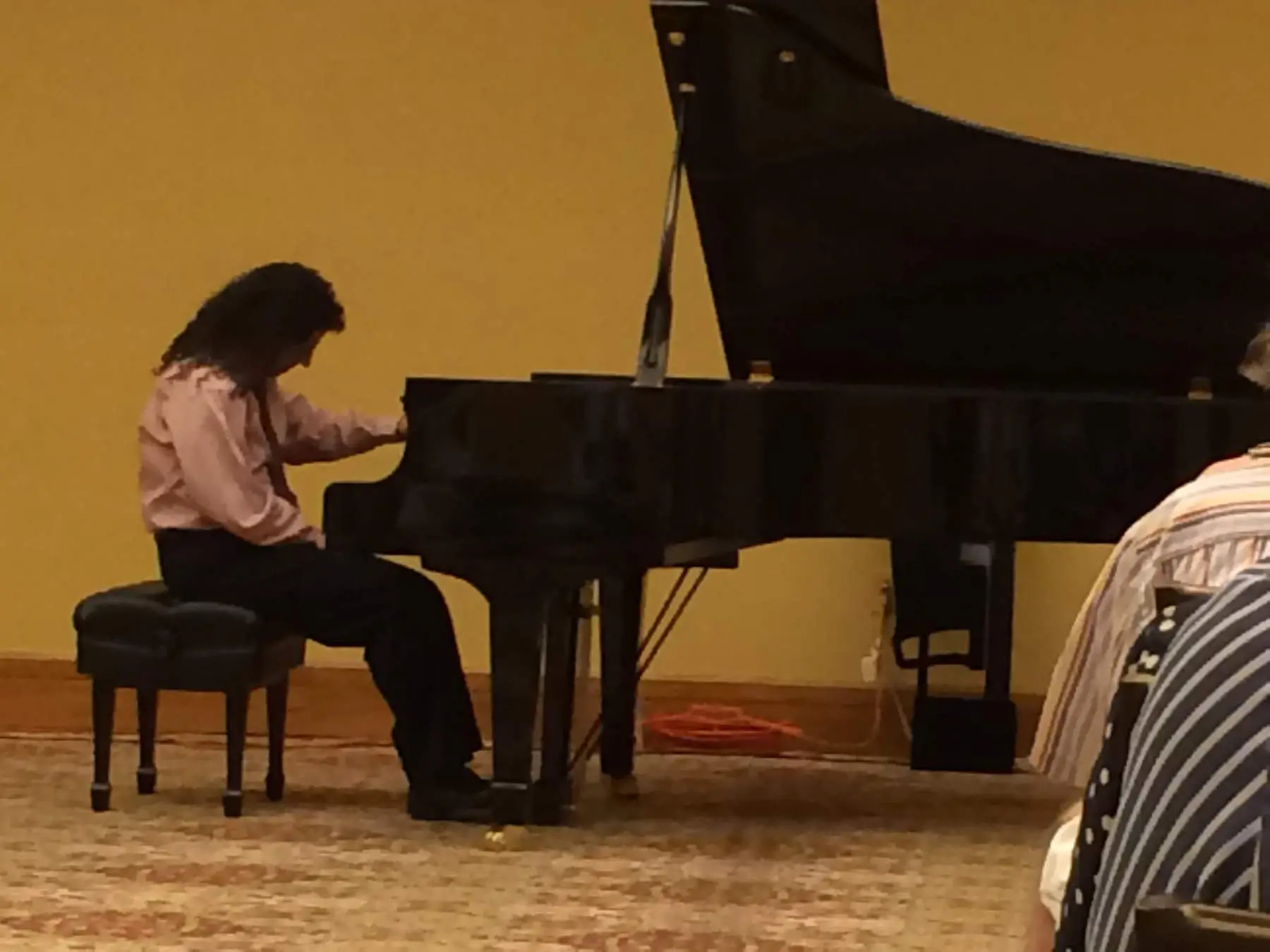
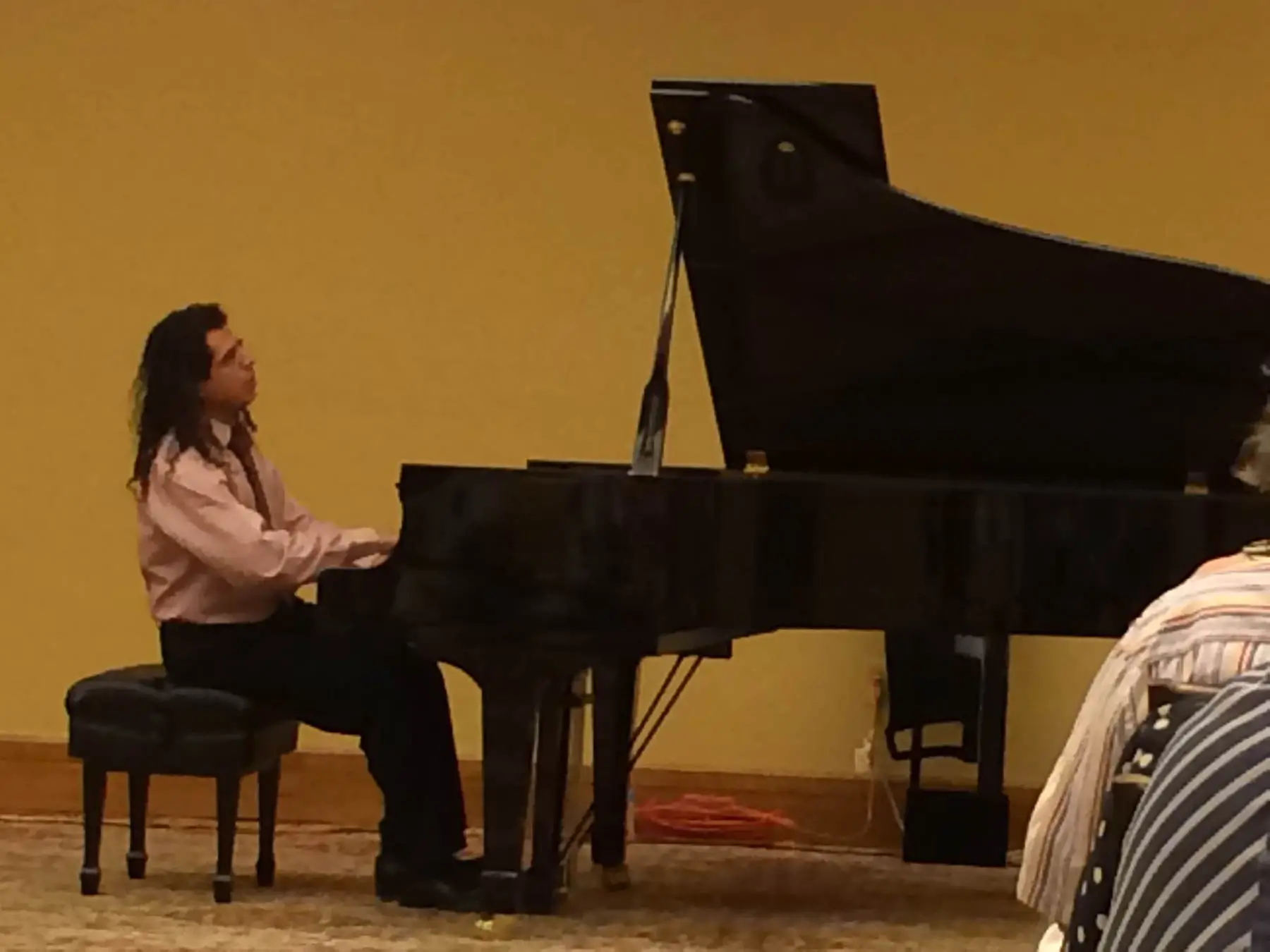
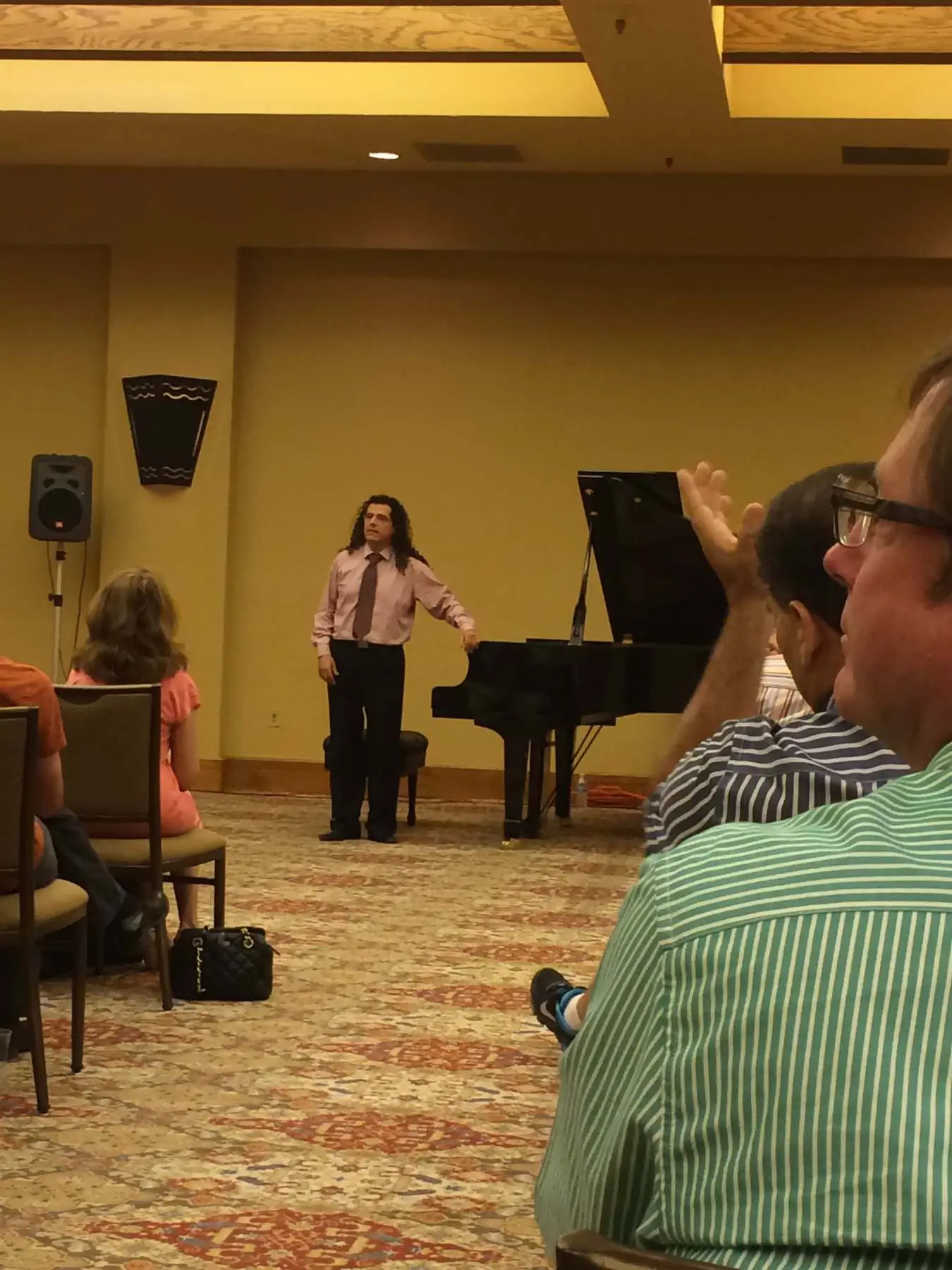
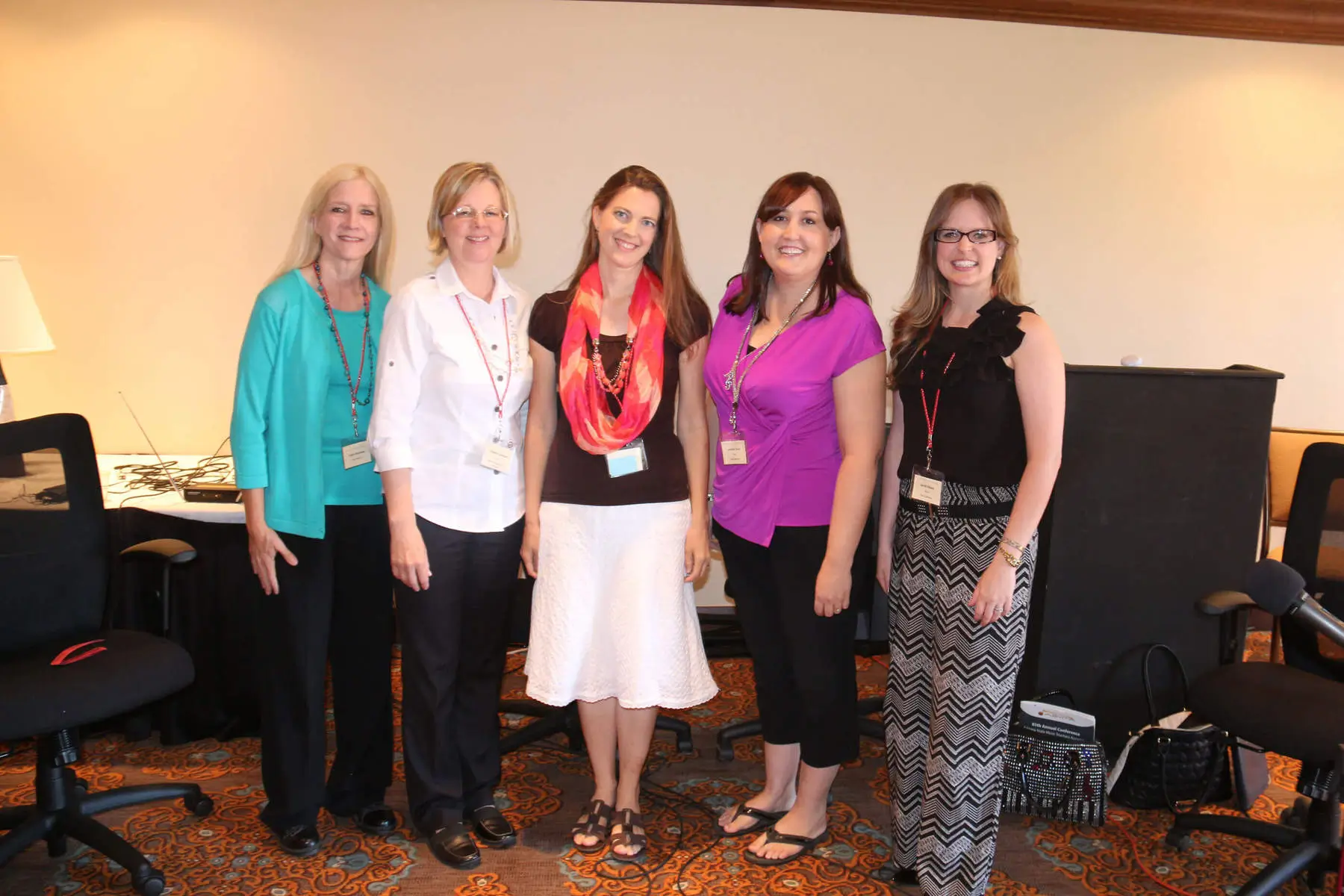
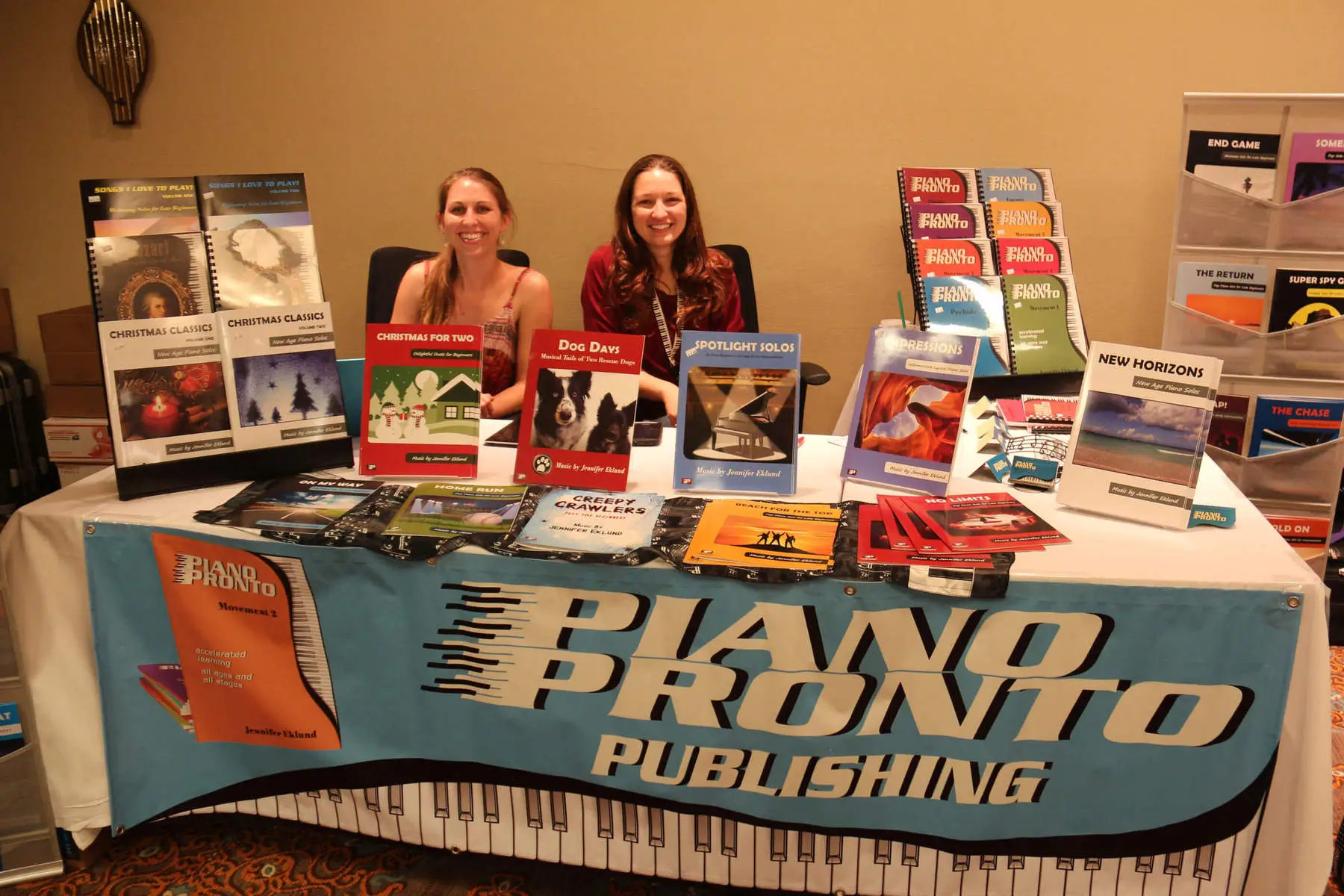
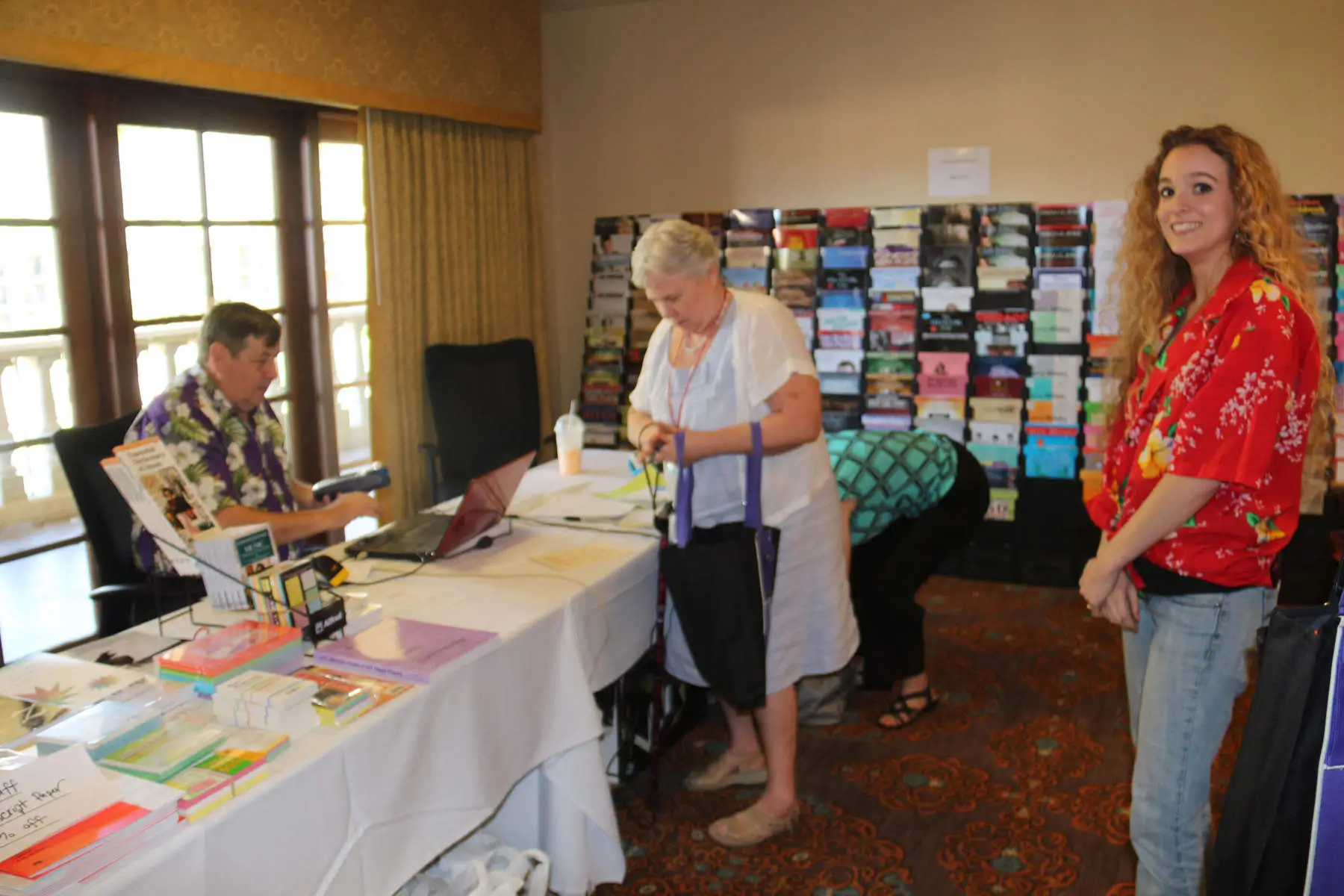
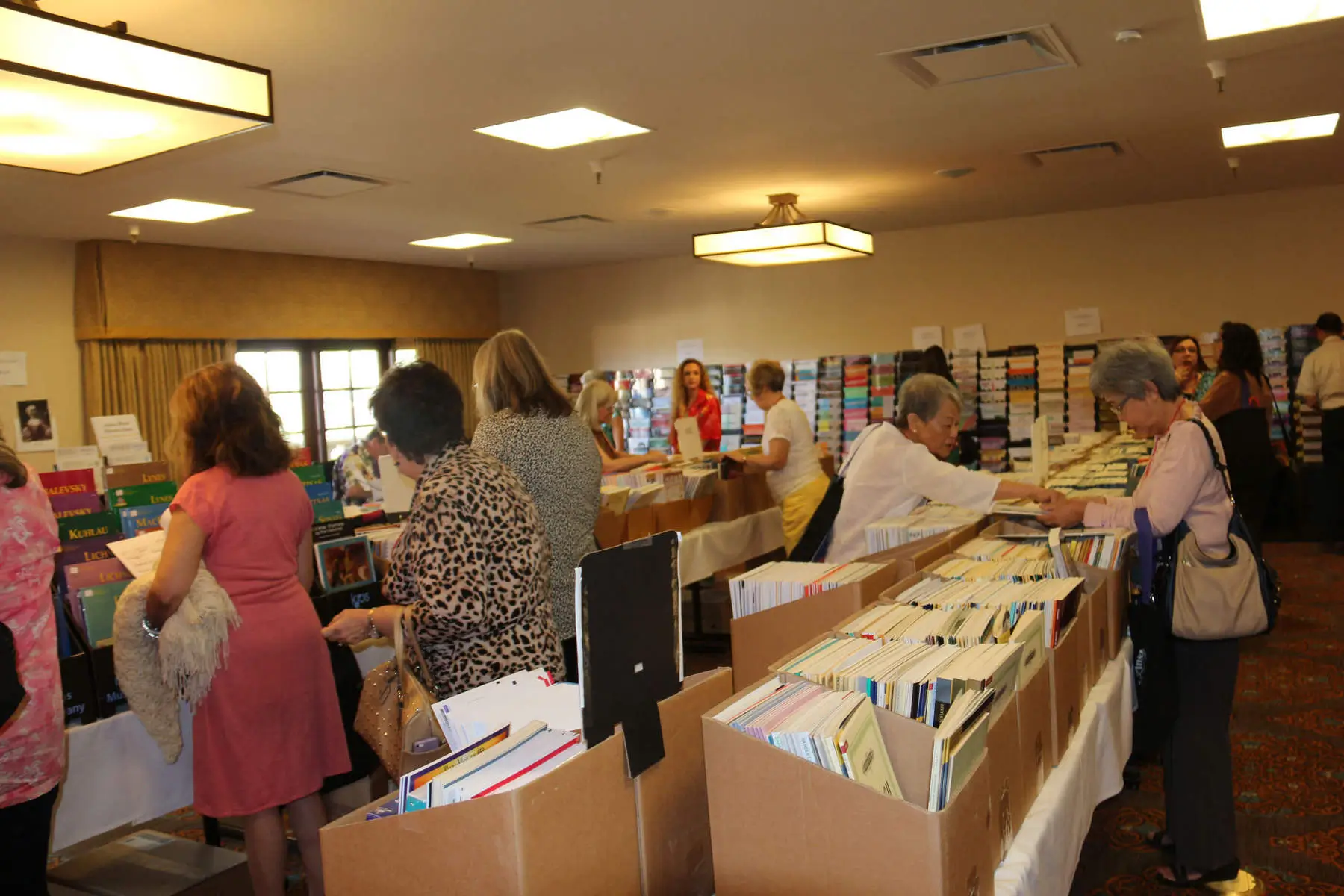
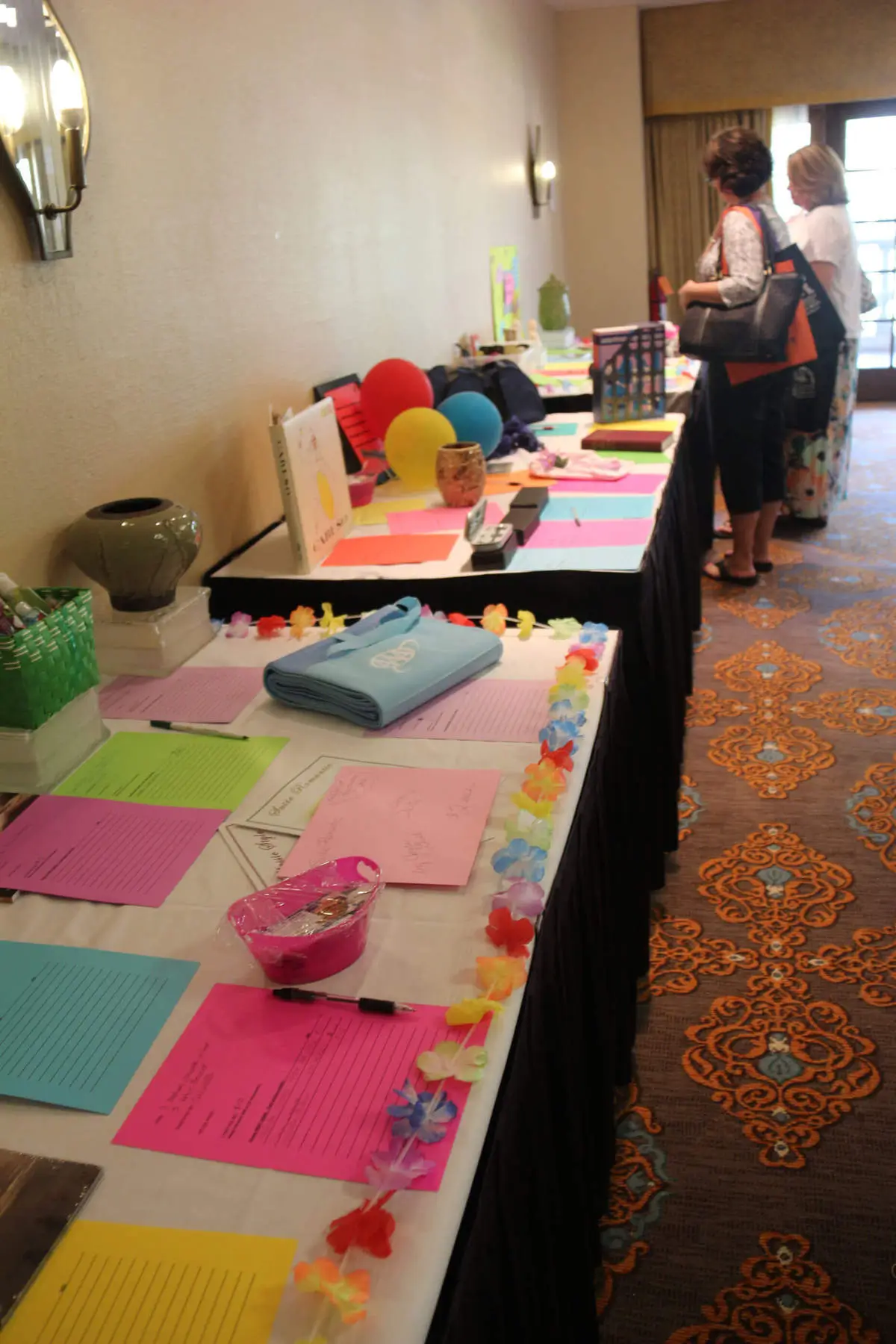
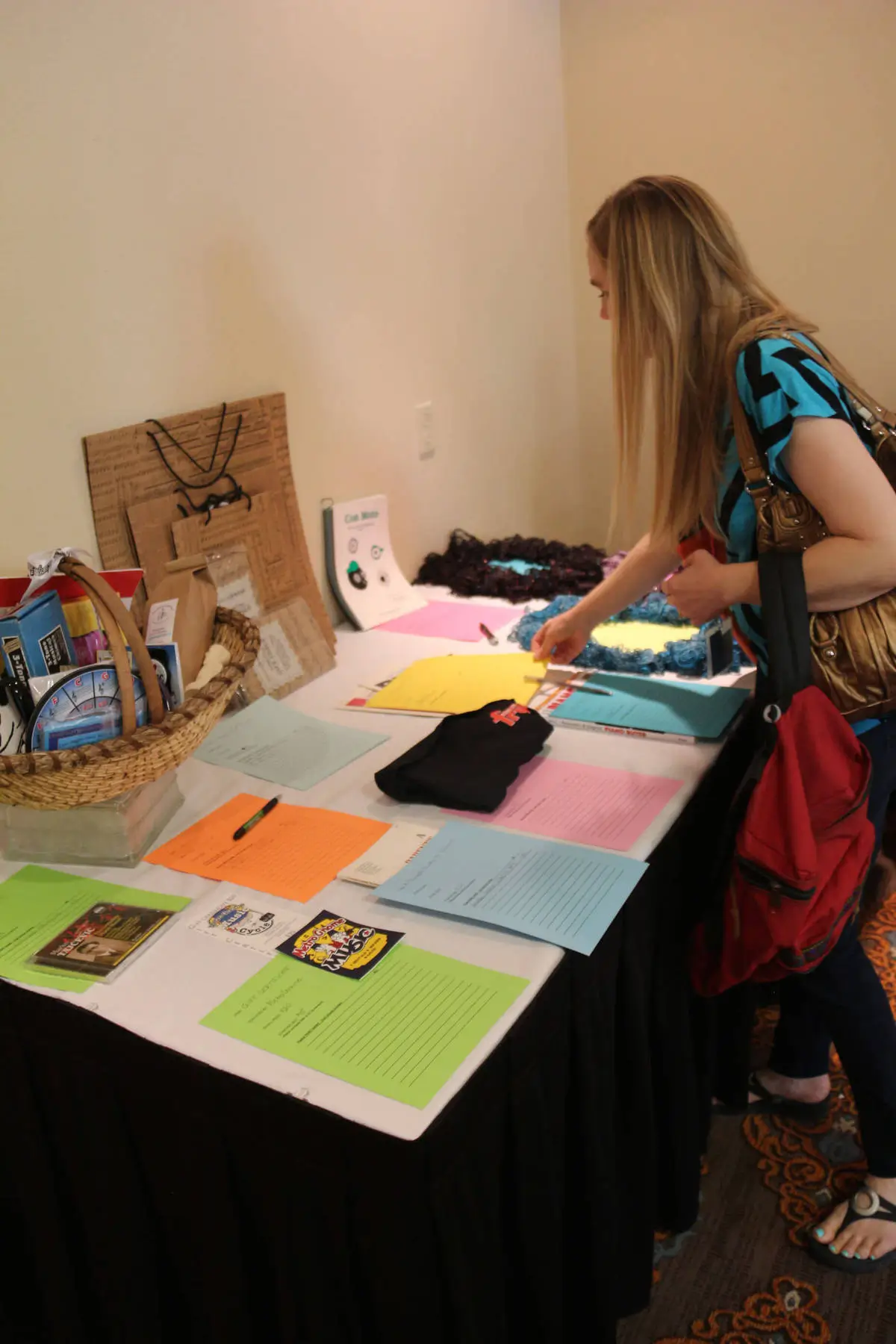
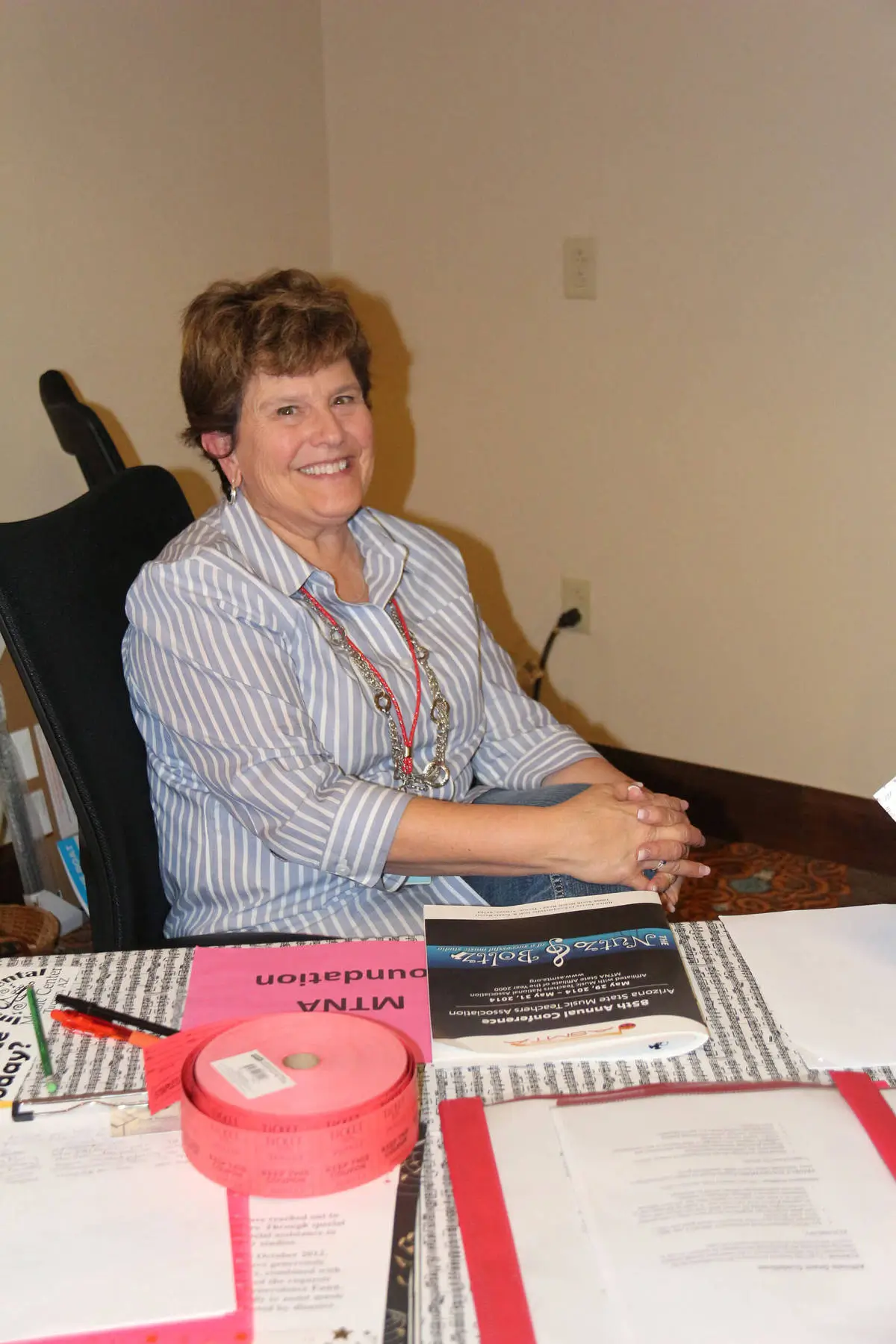
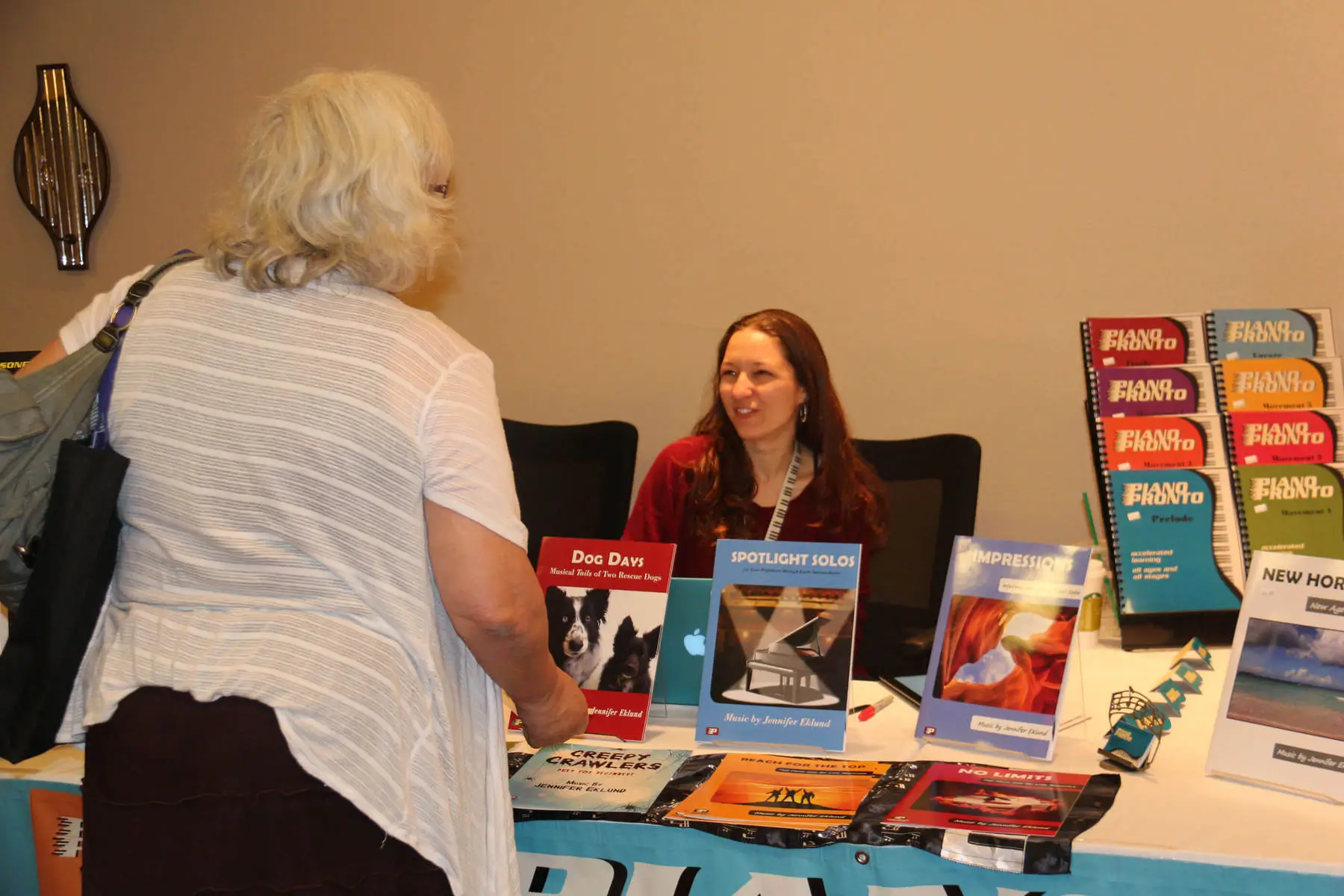
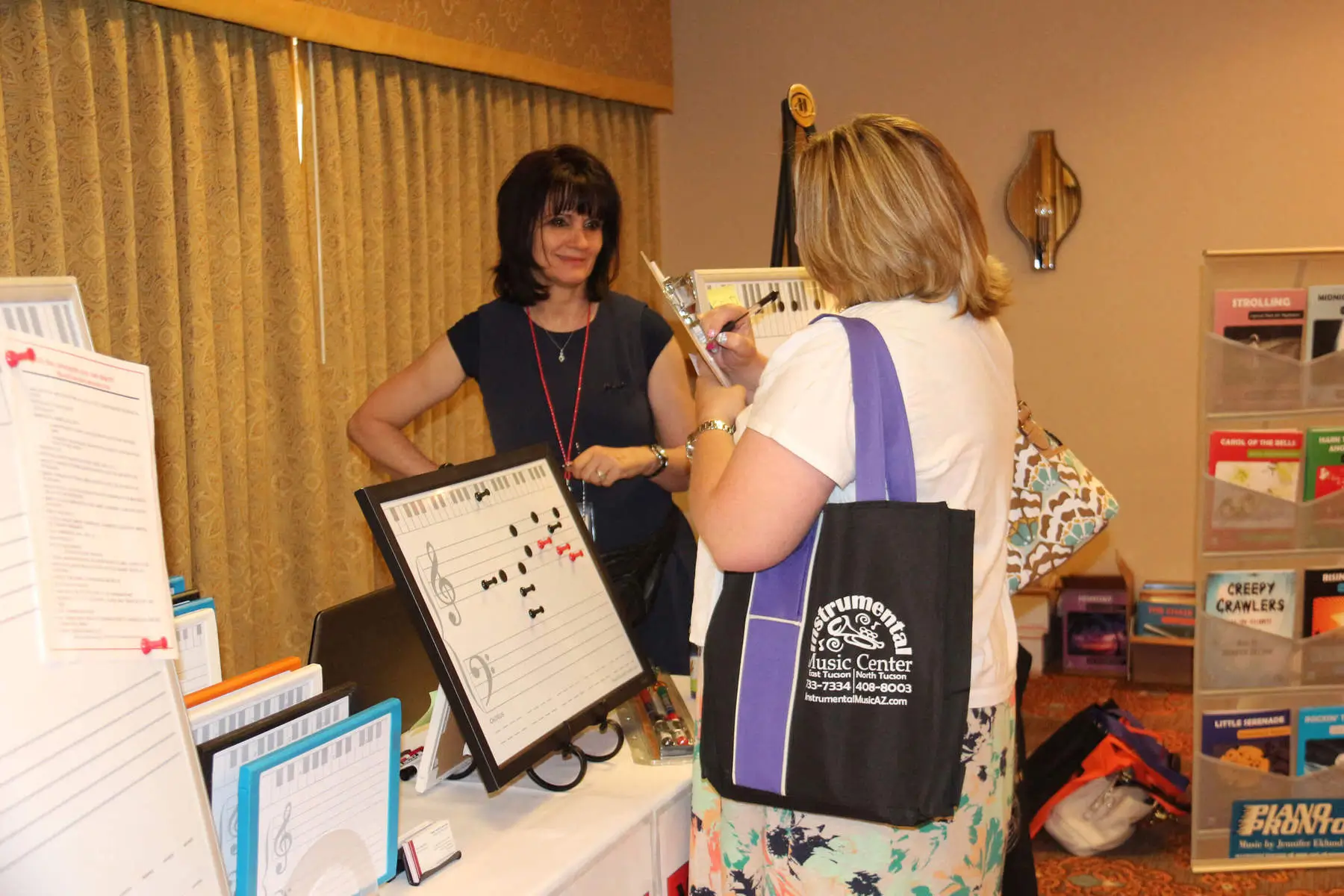
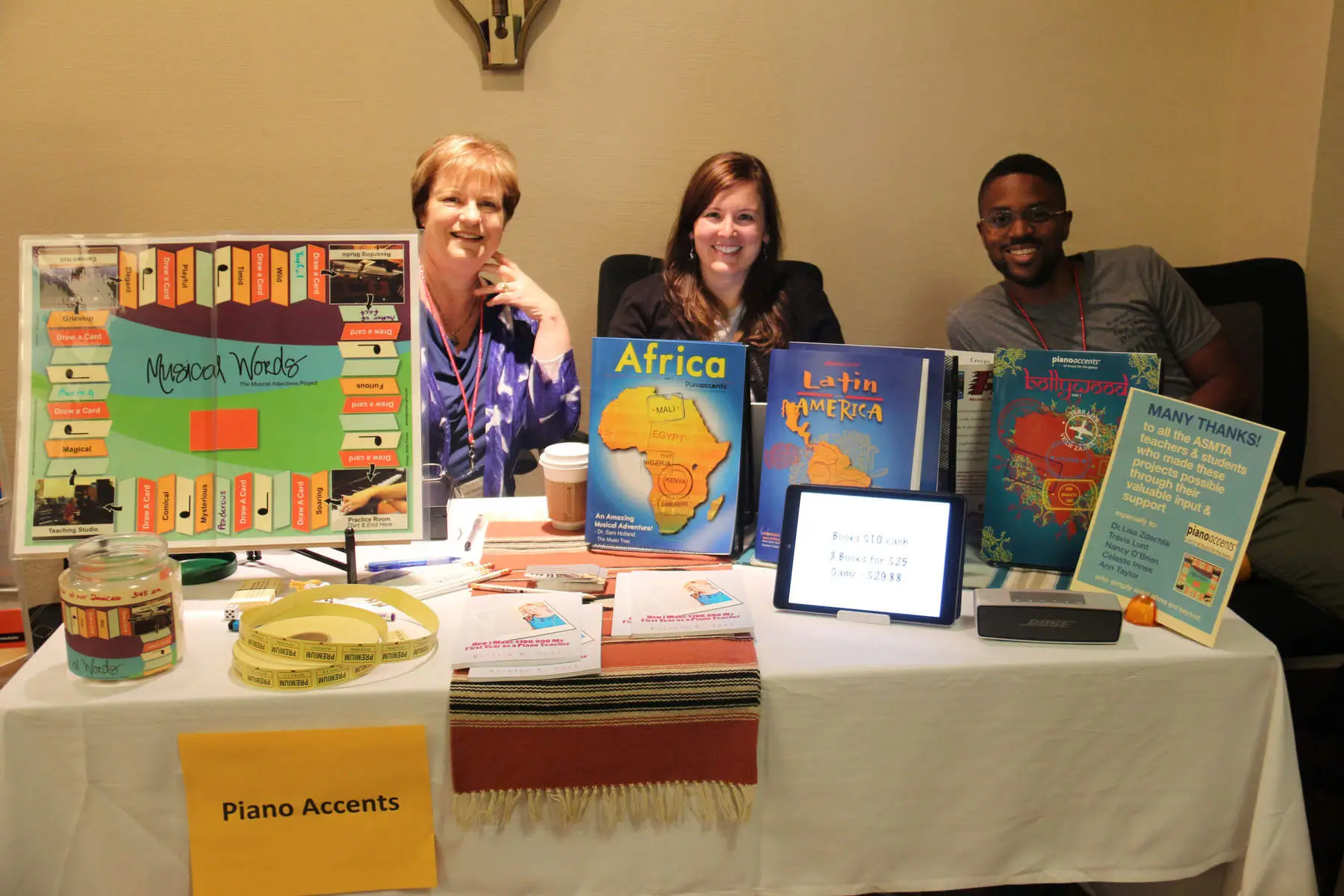
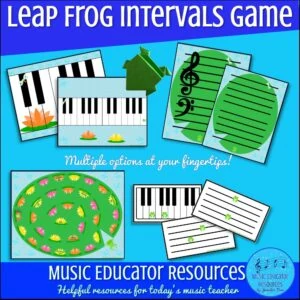
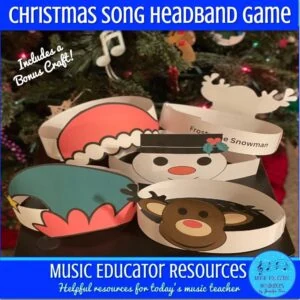
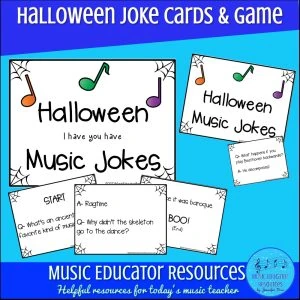
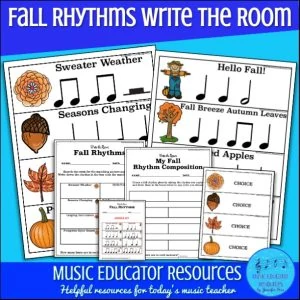
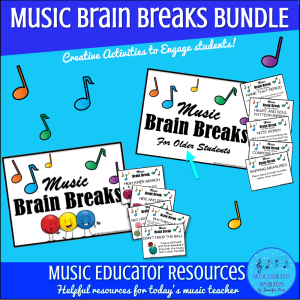
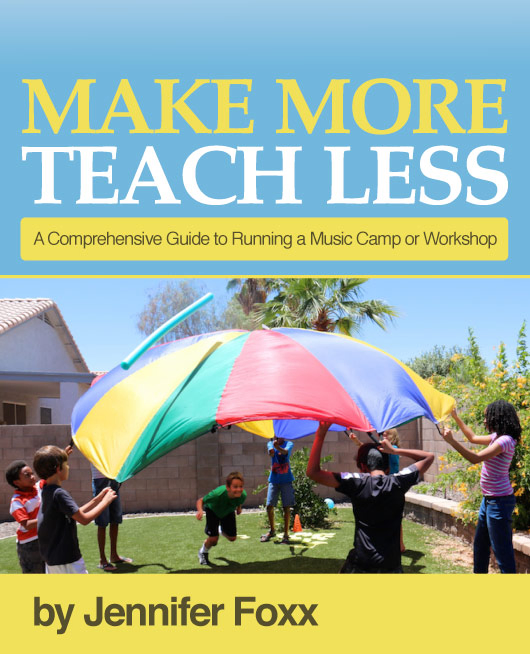
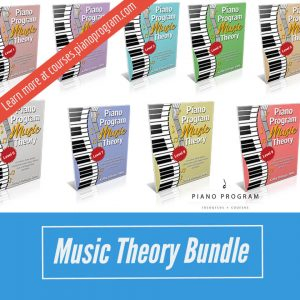
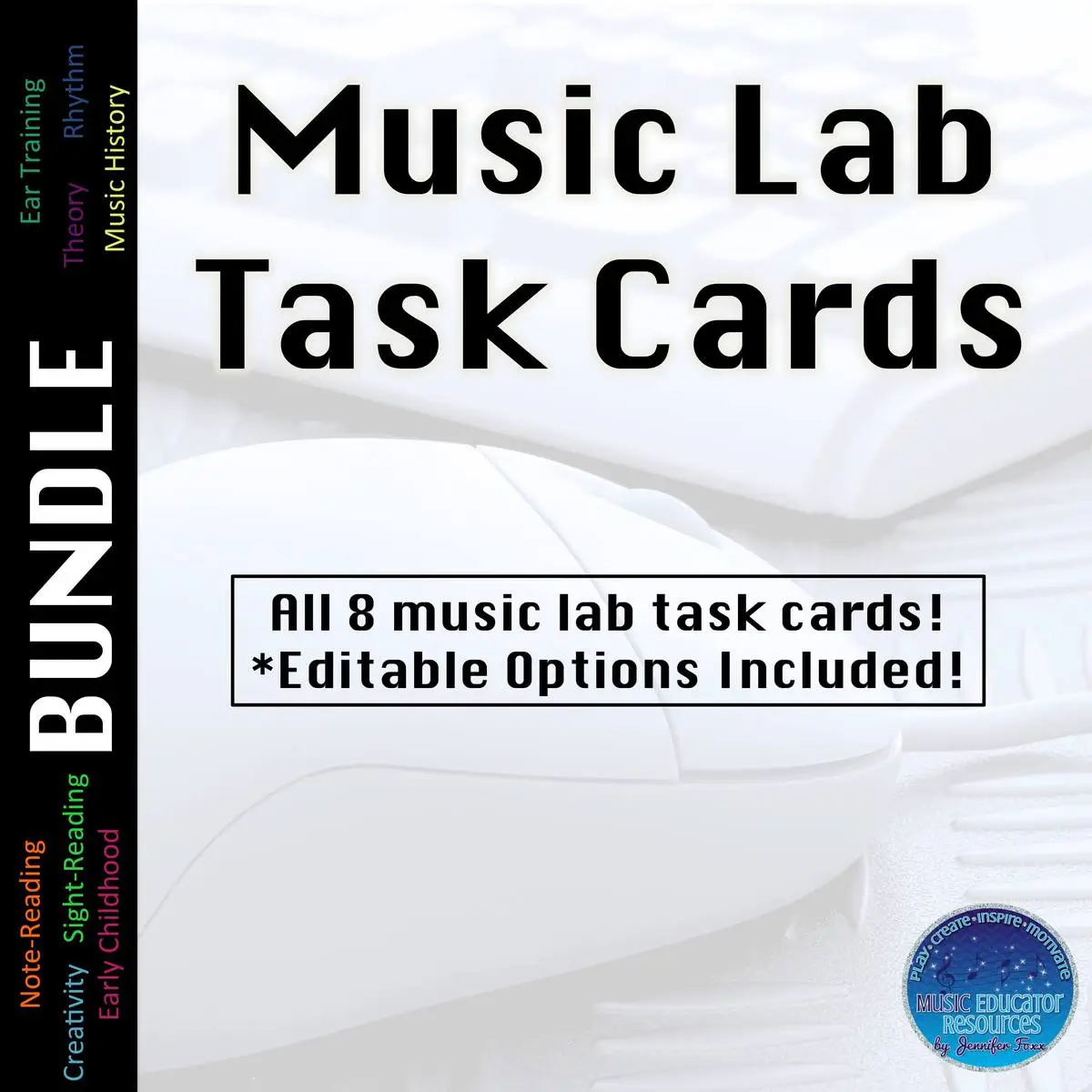
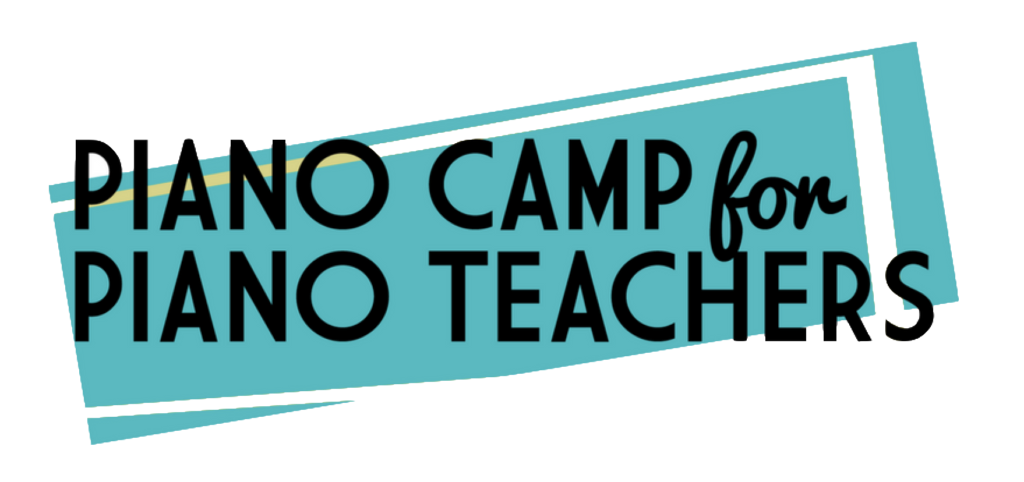

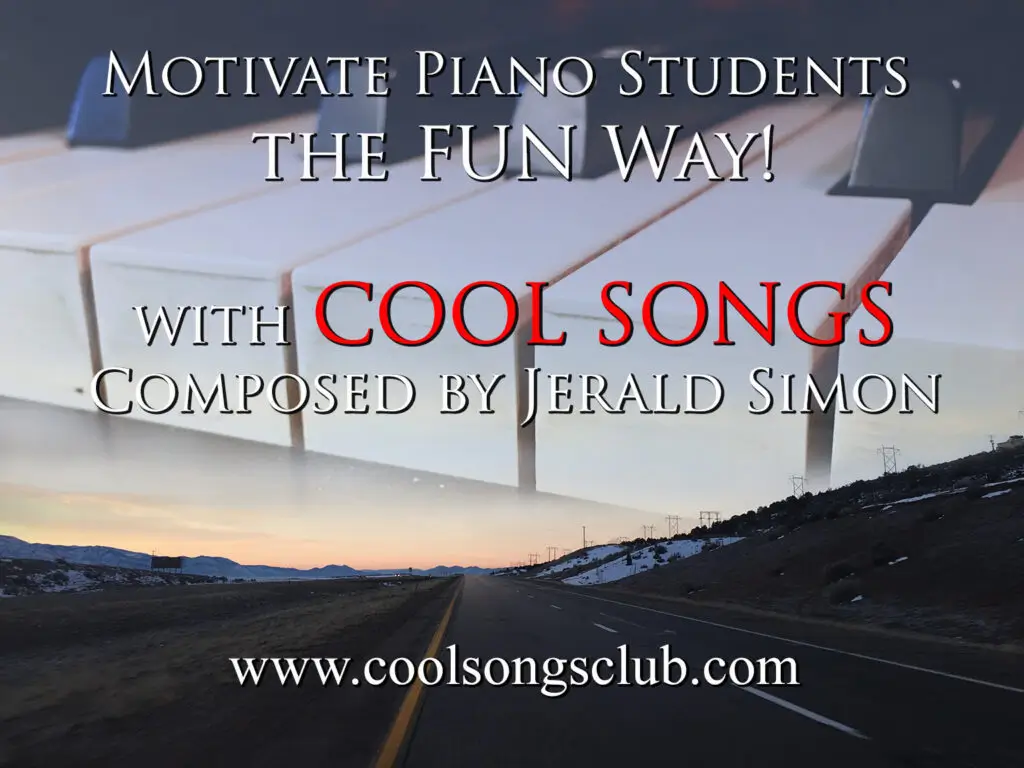
Jennifer,
Thanks for the wonderful review! I look forward to reading more!
Sally